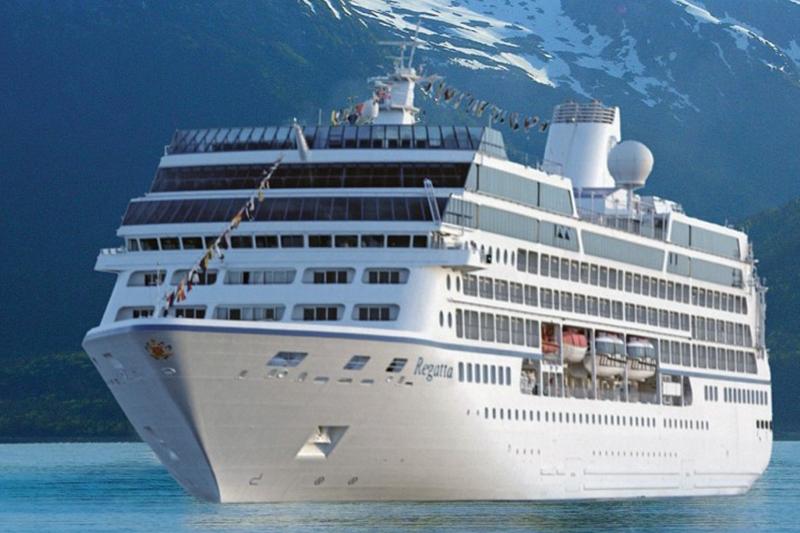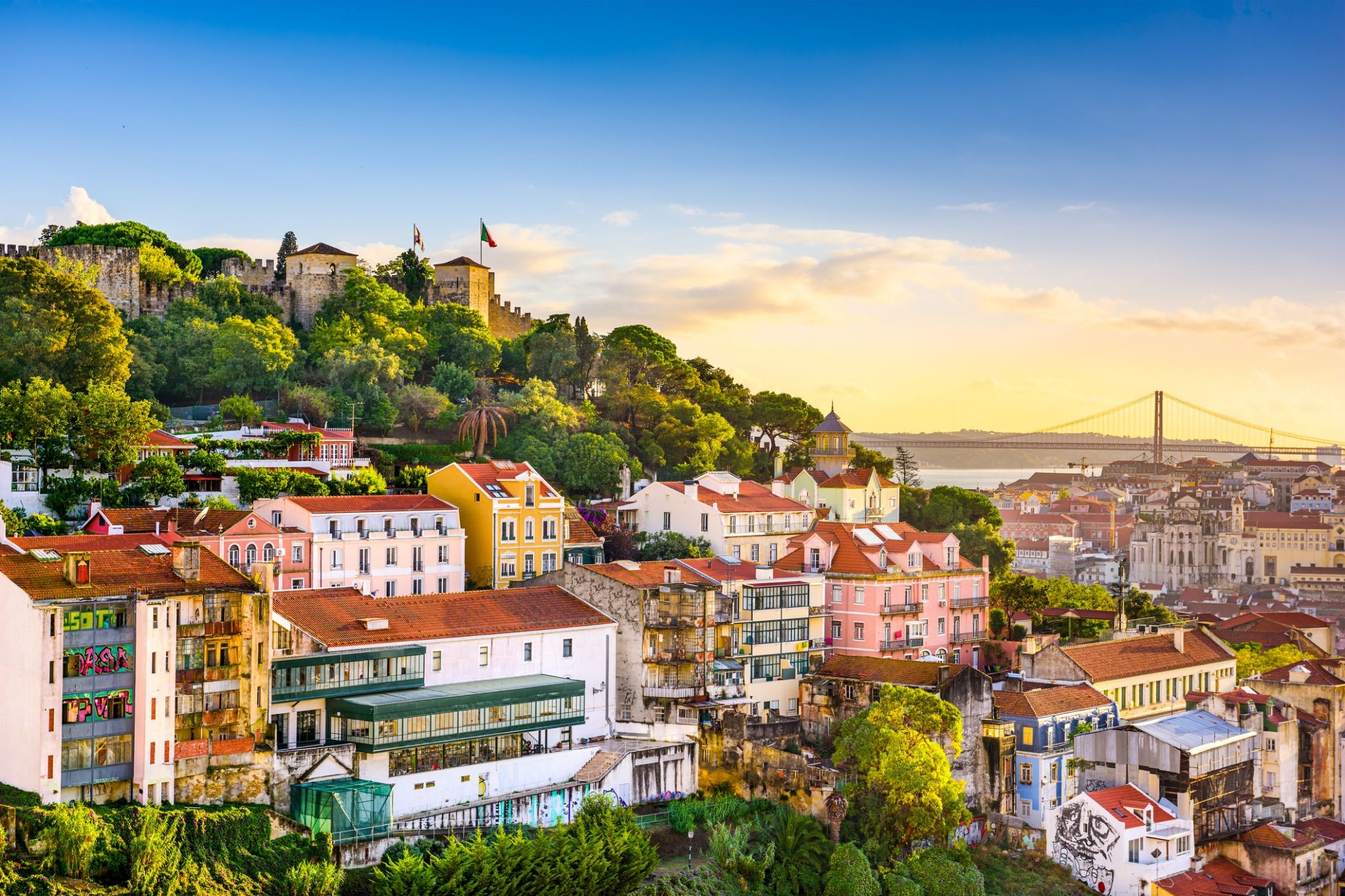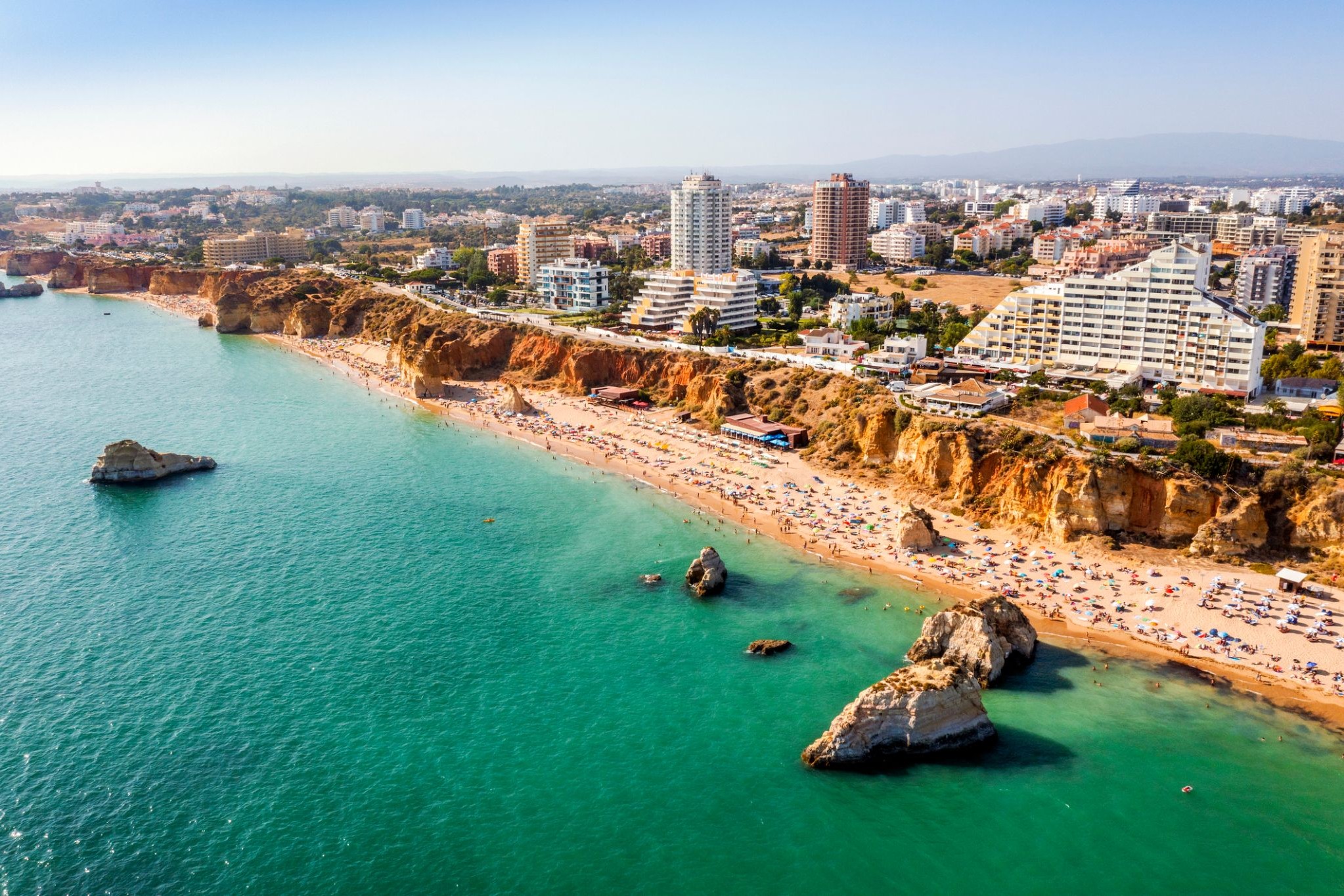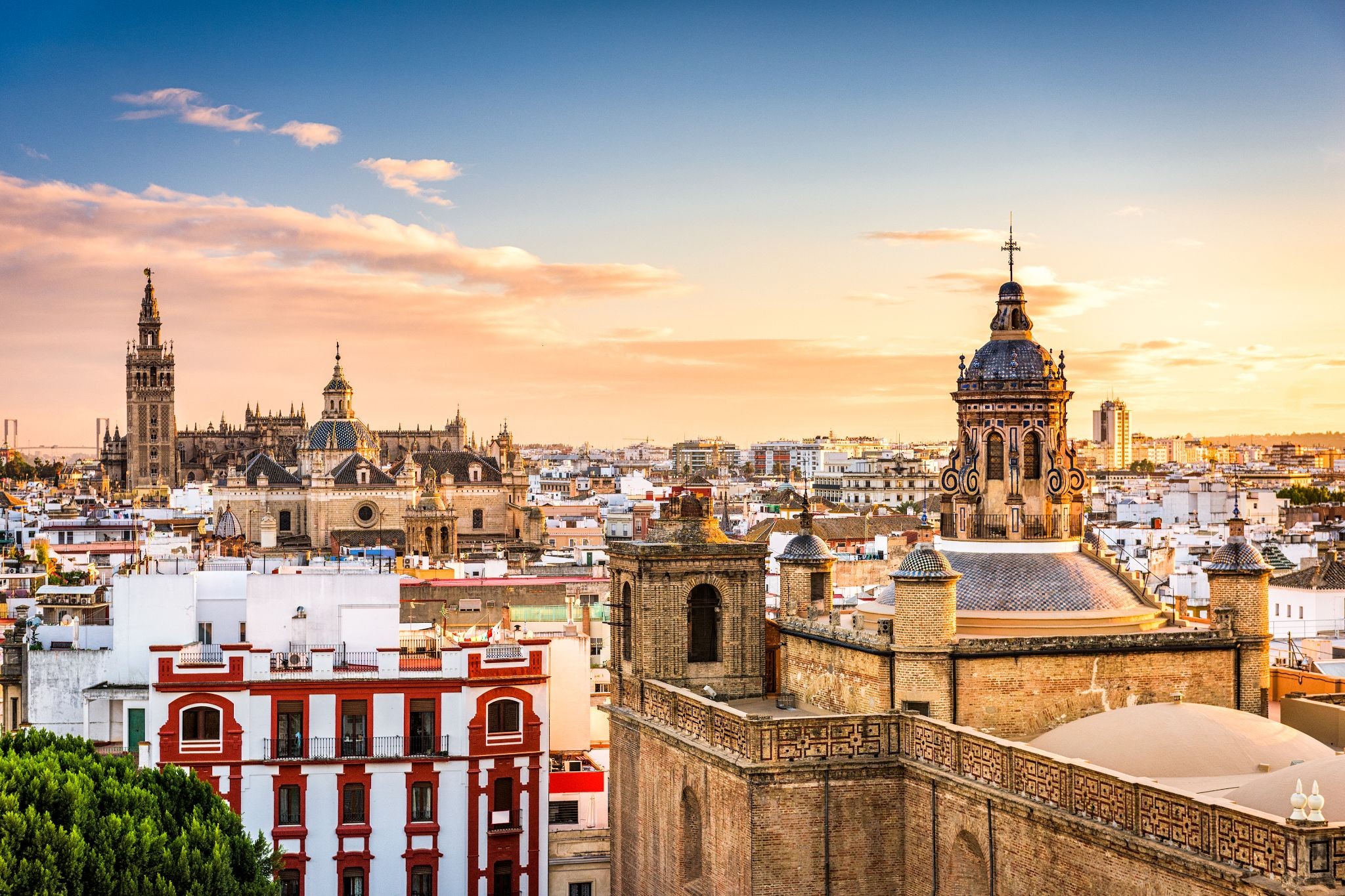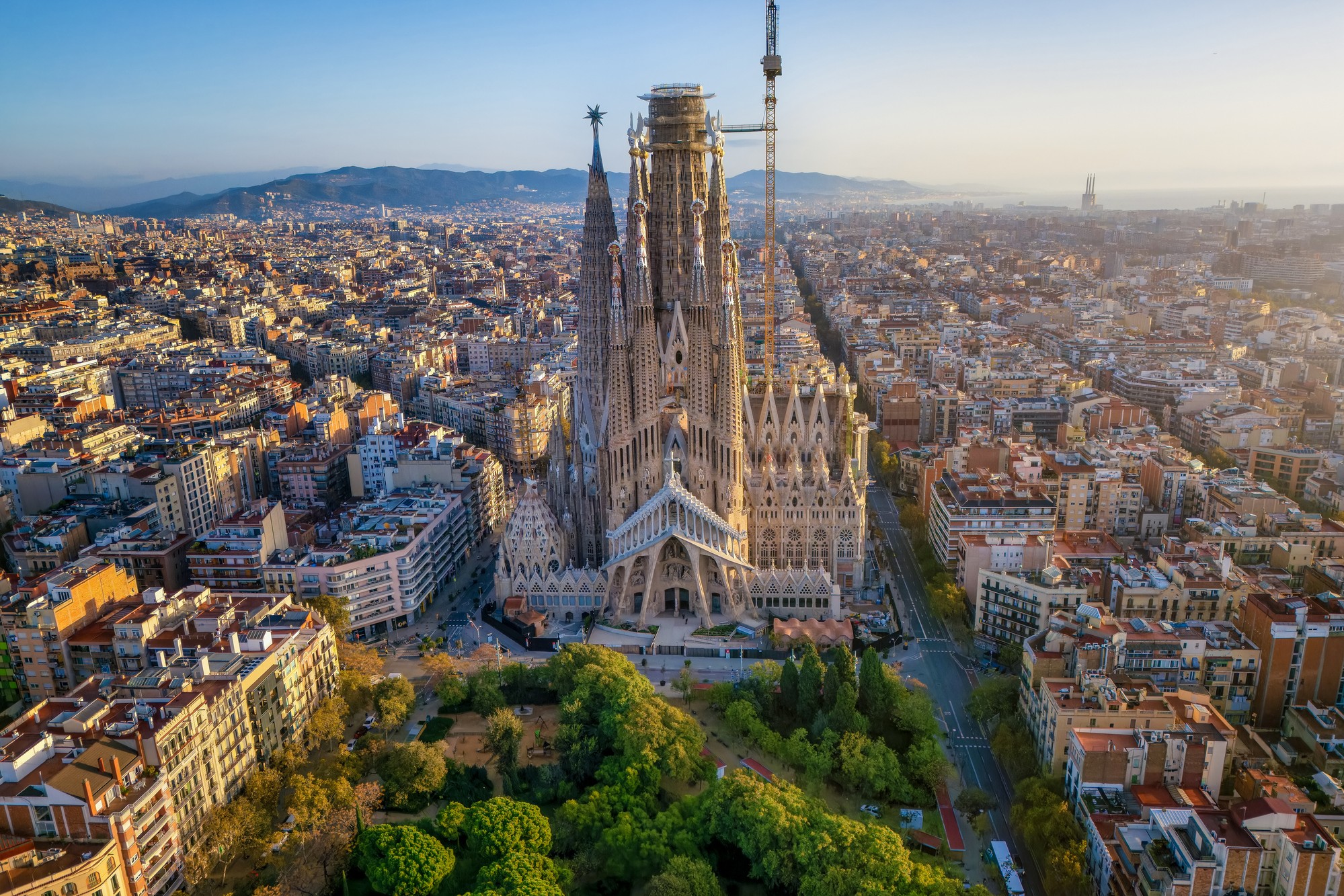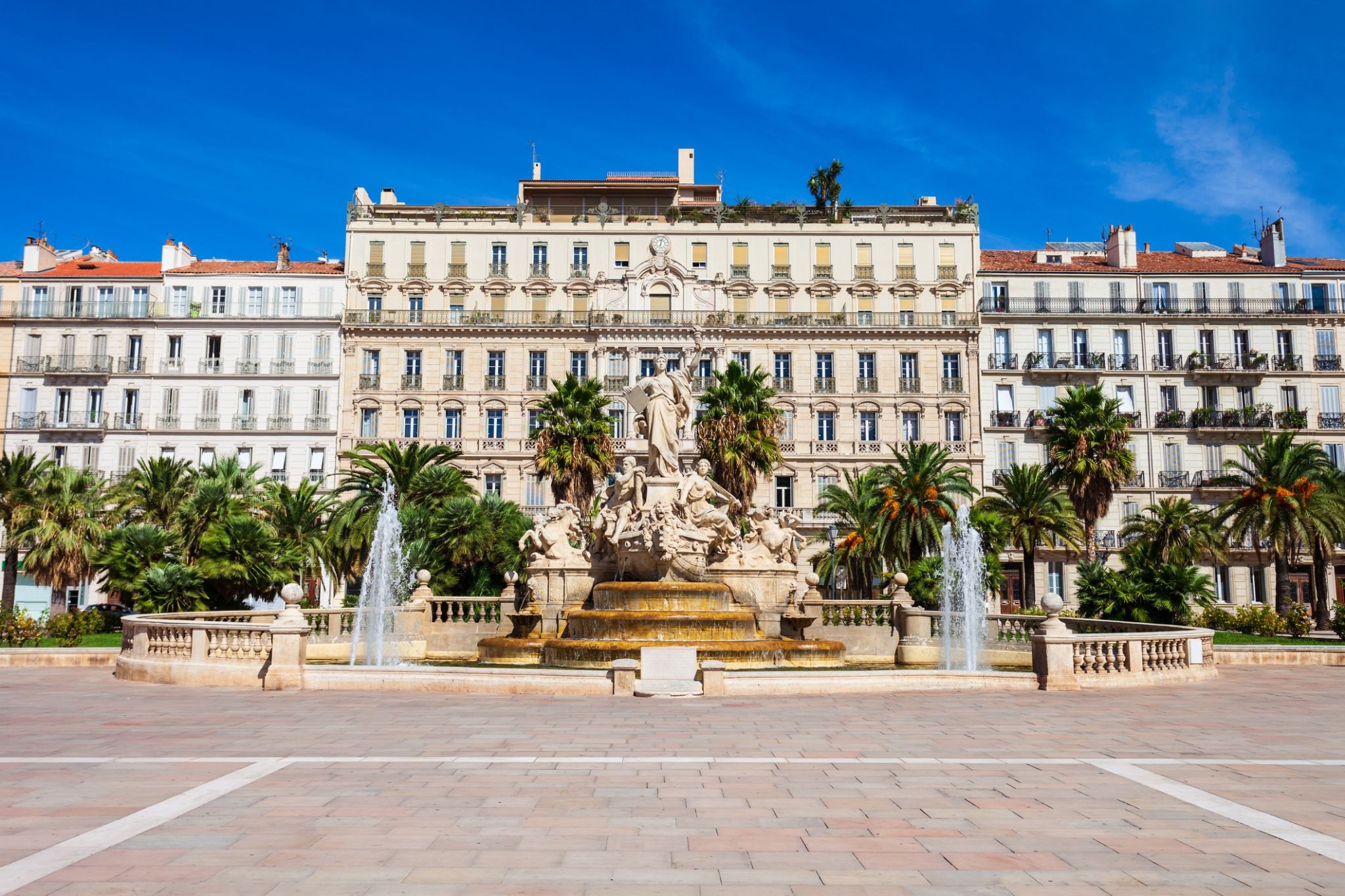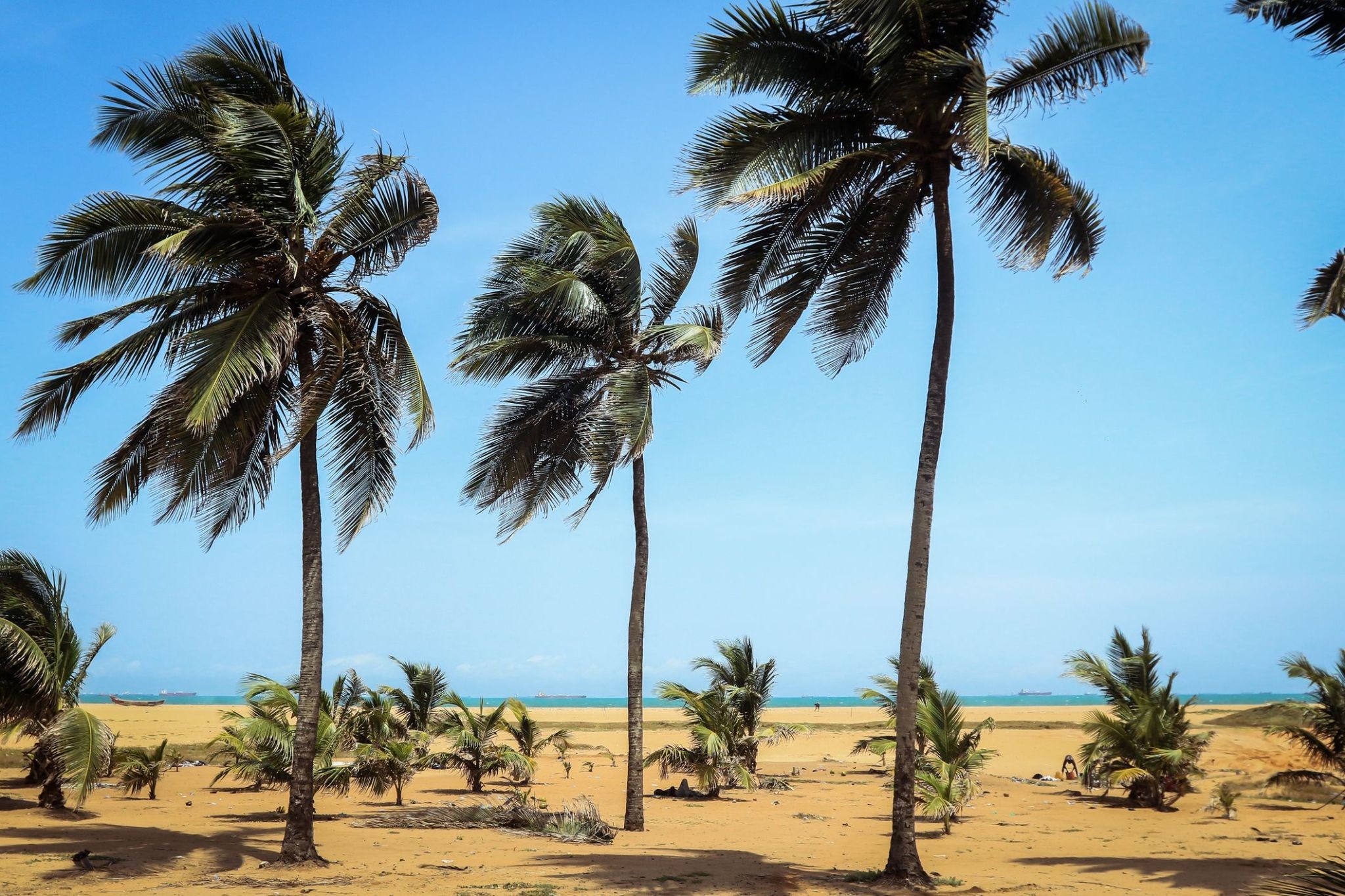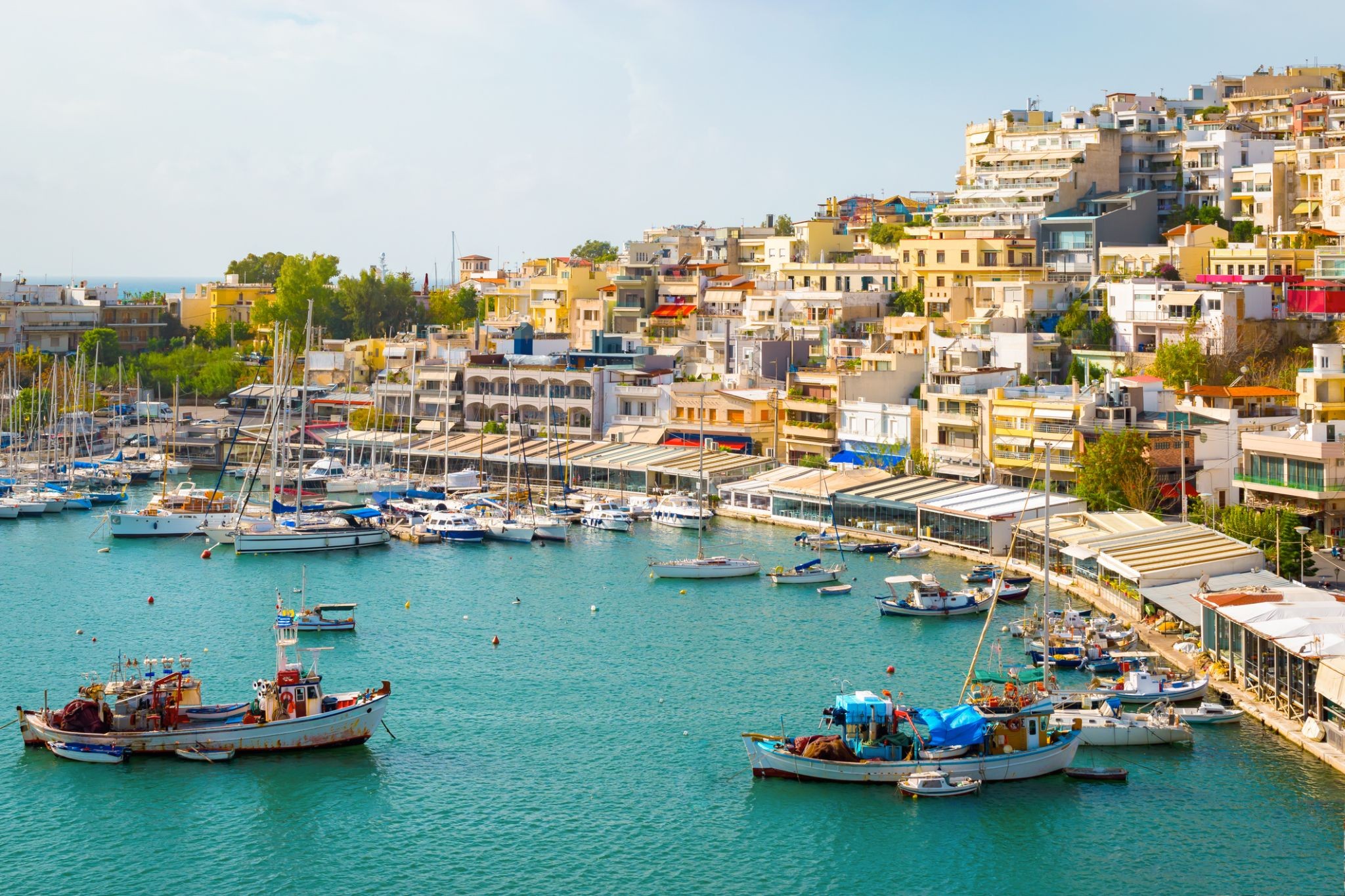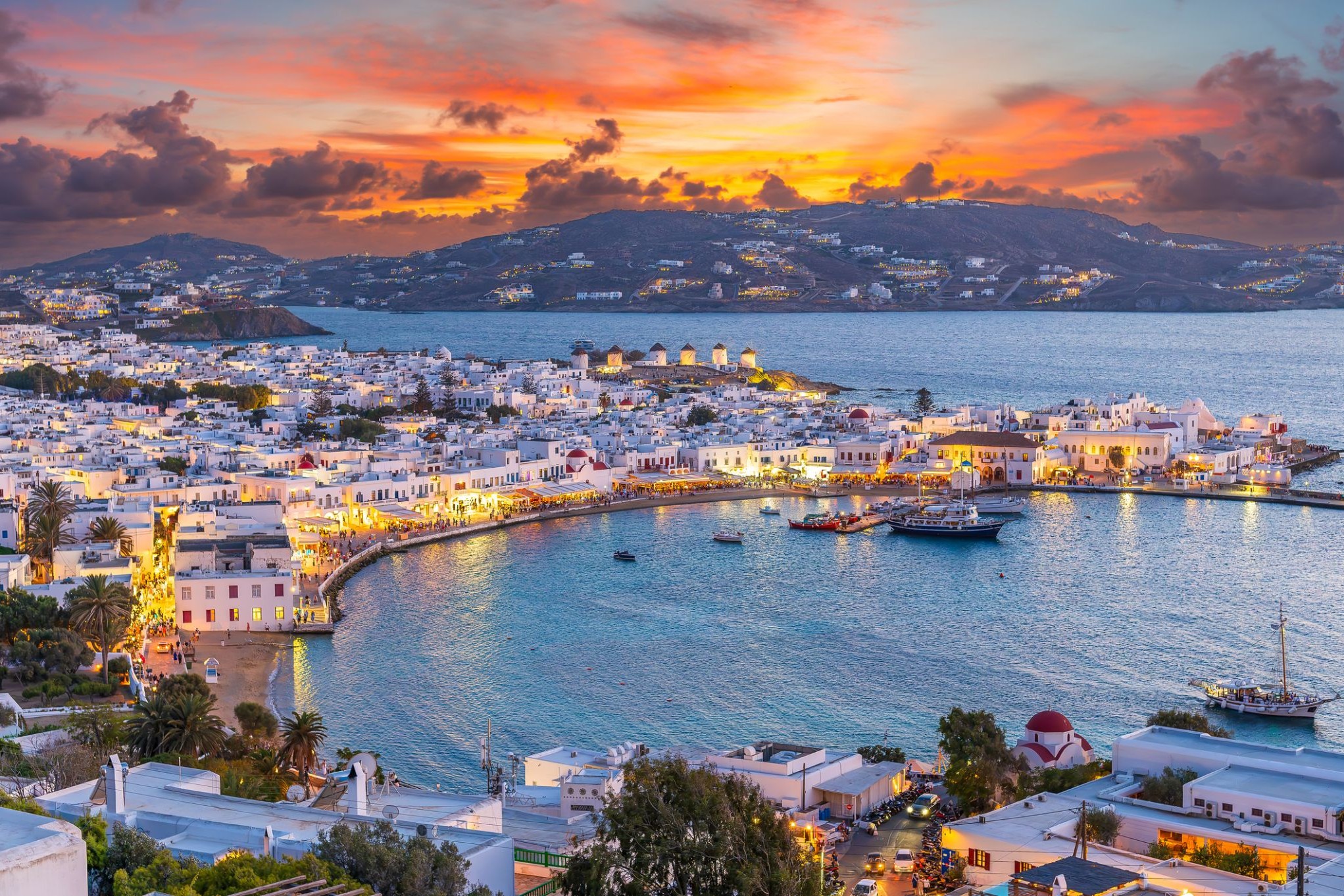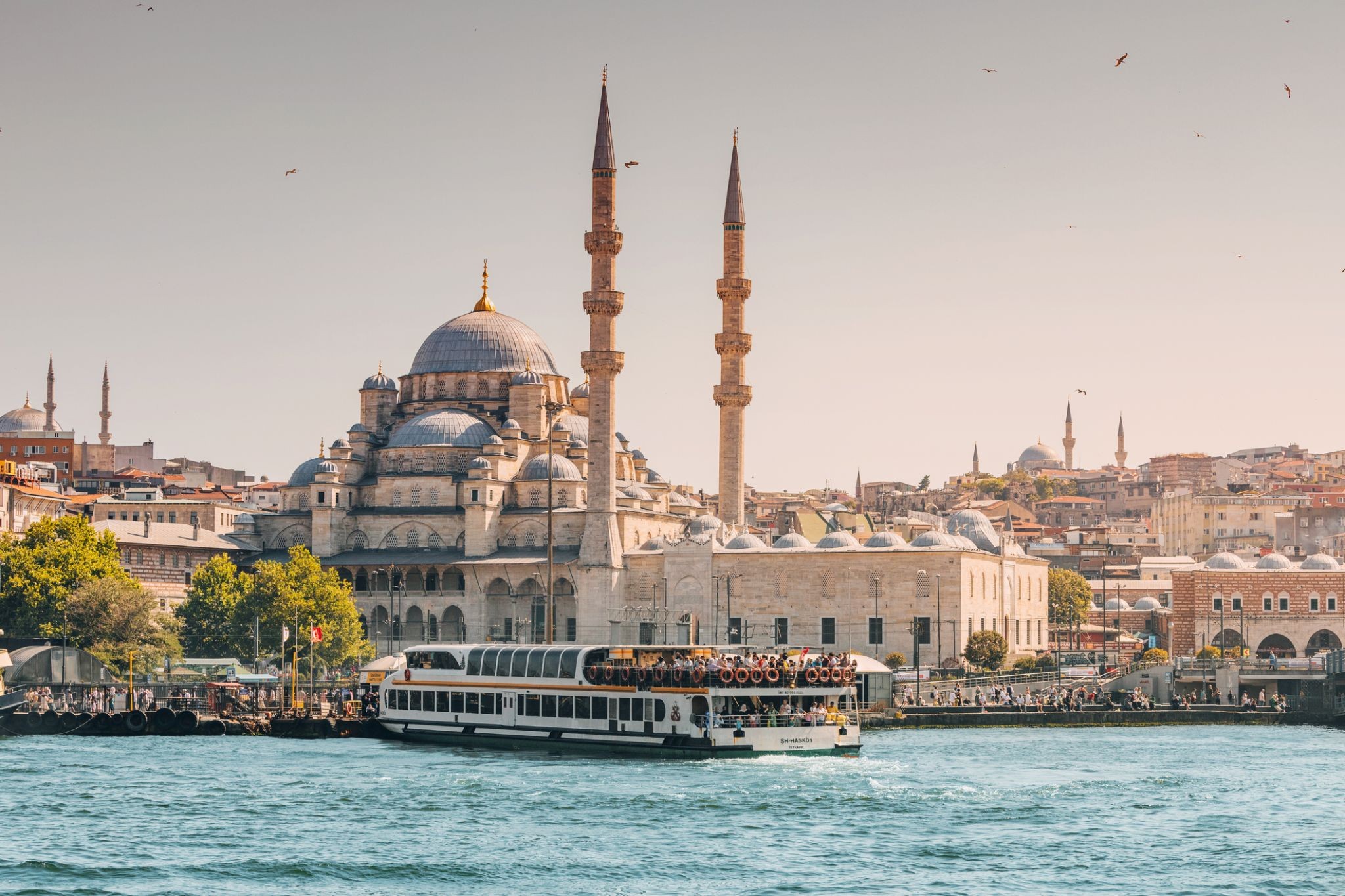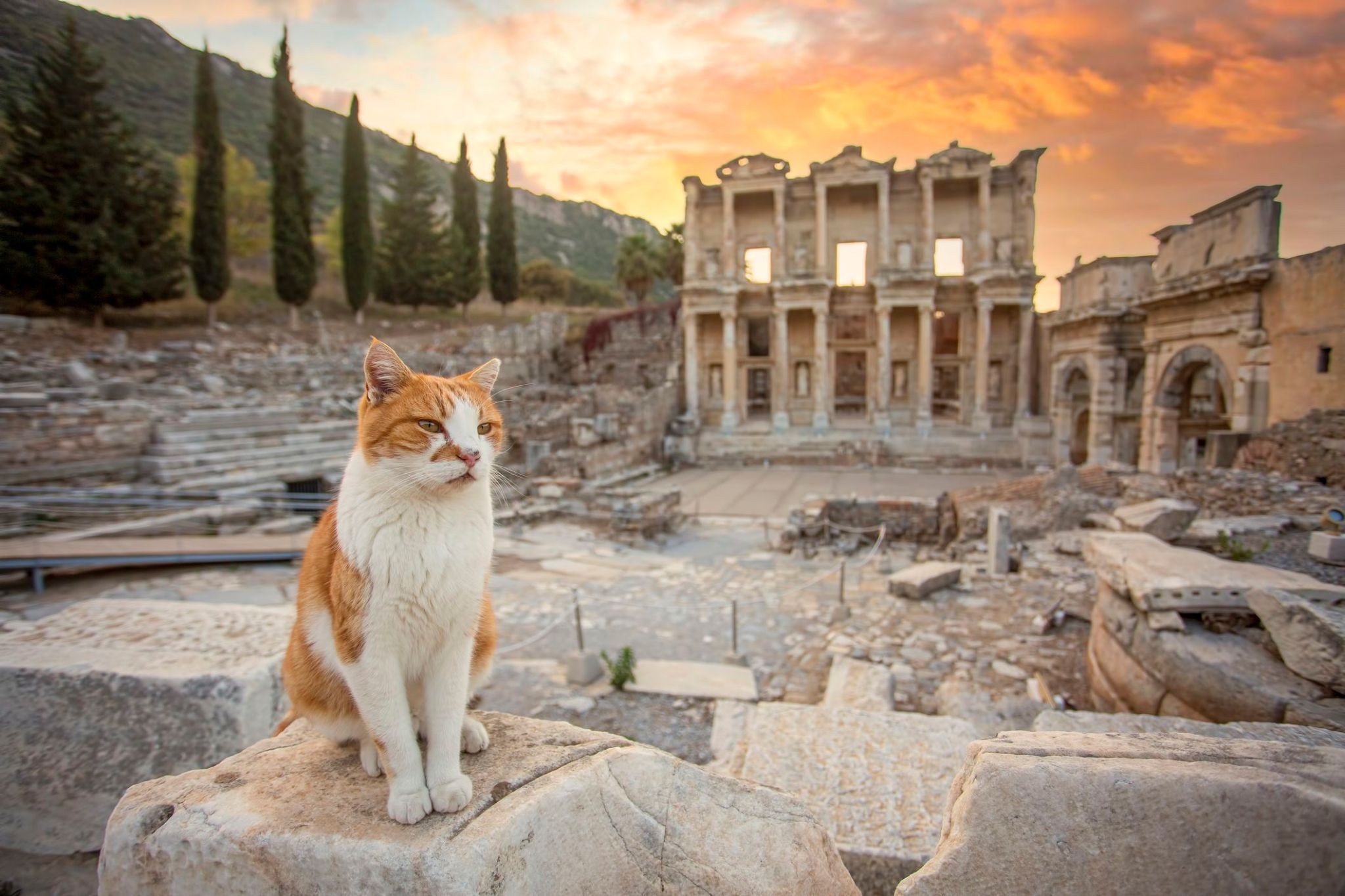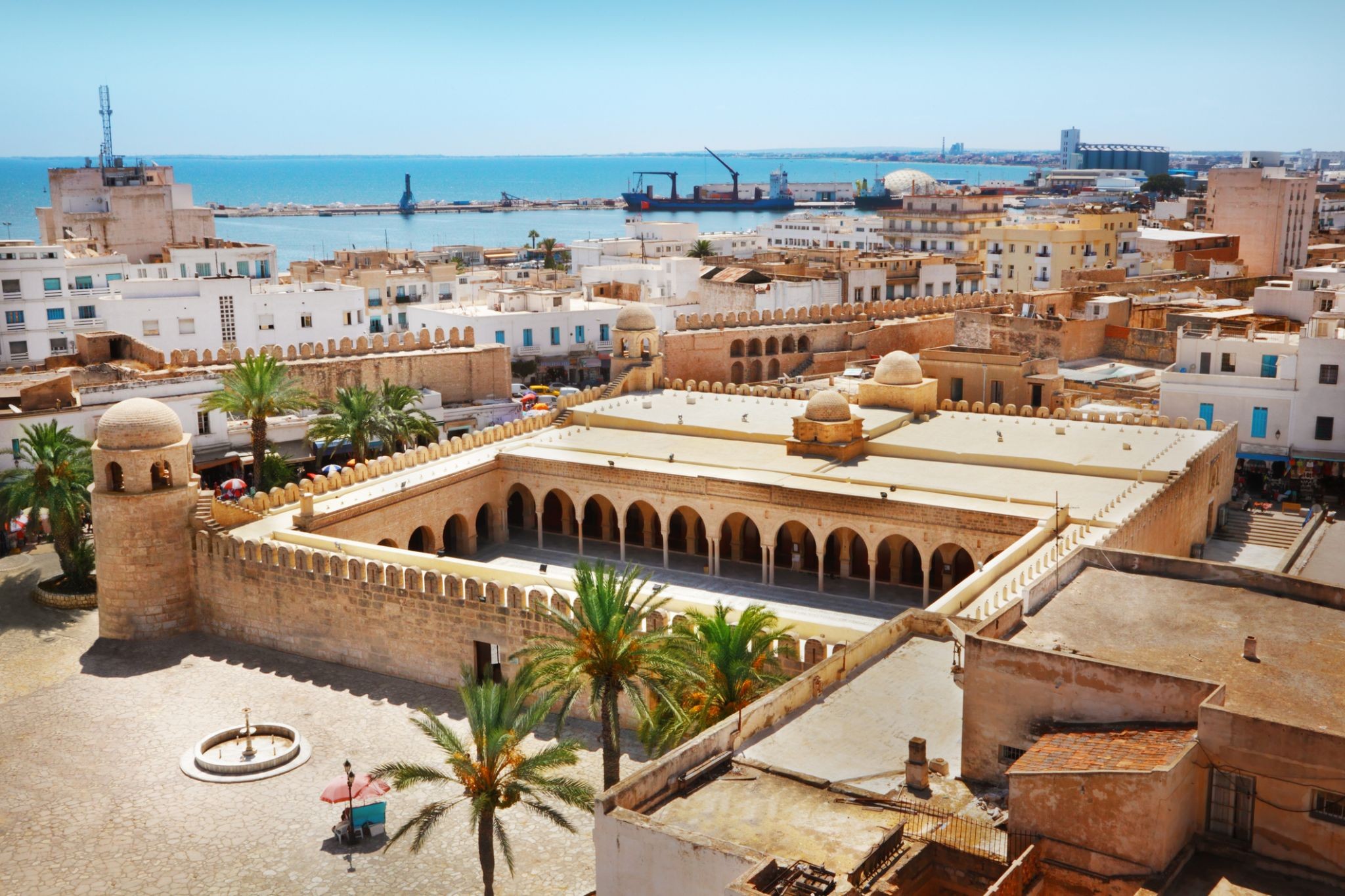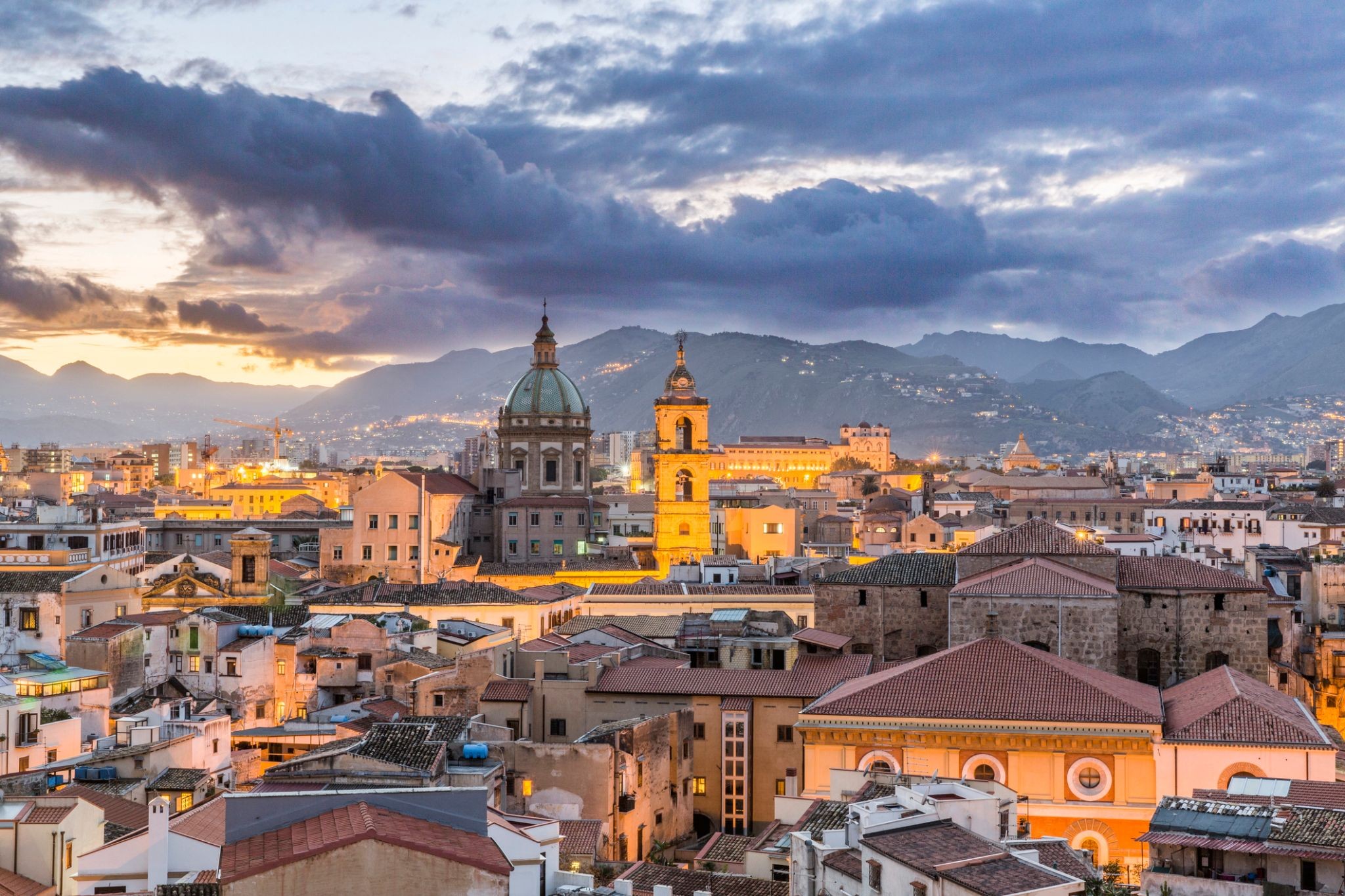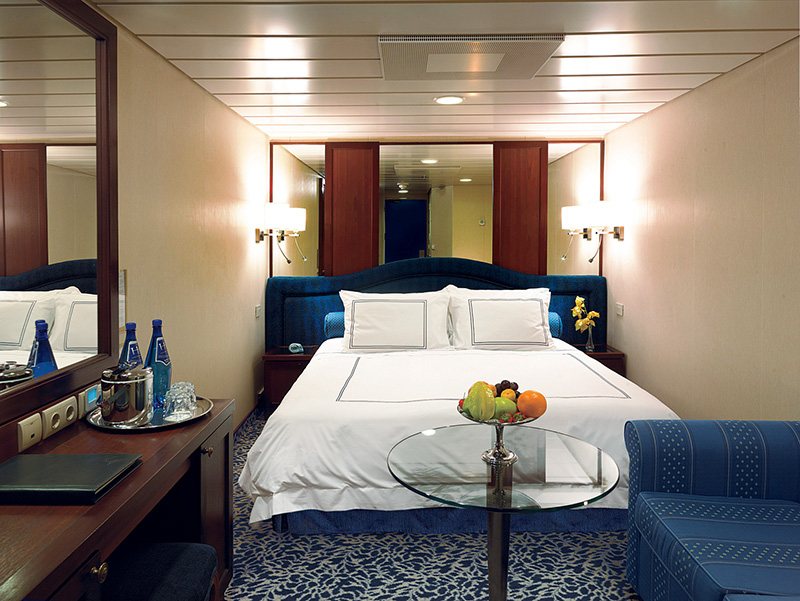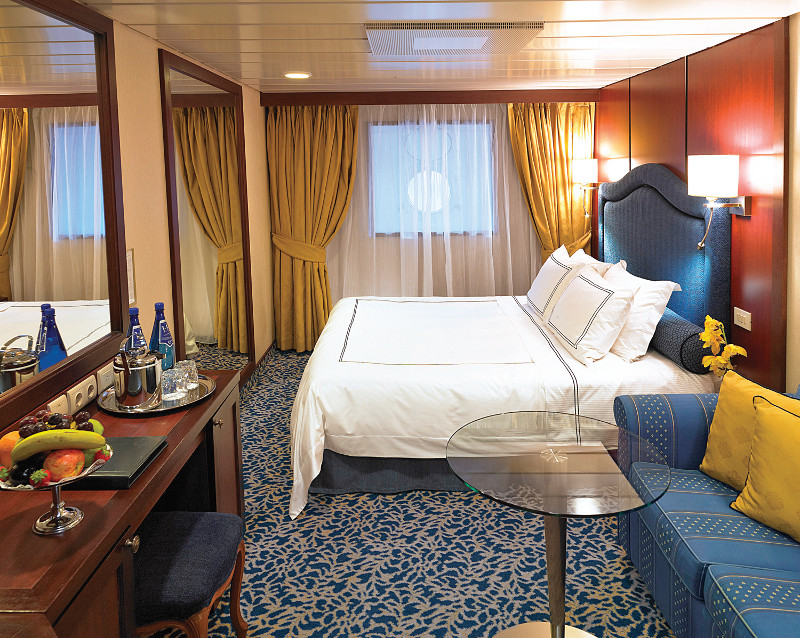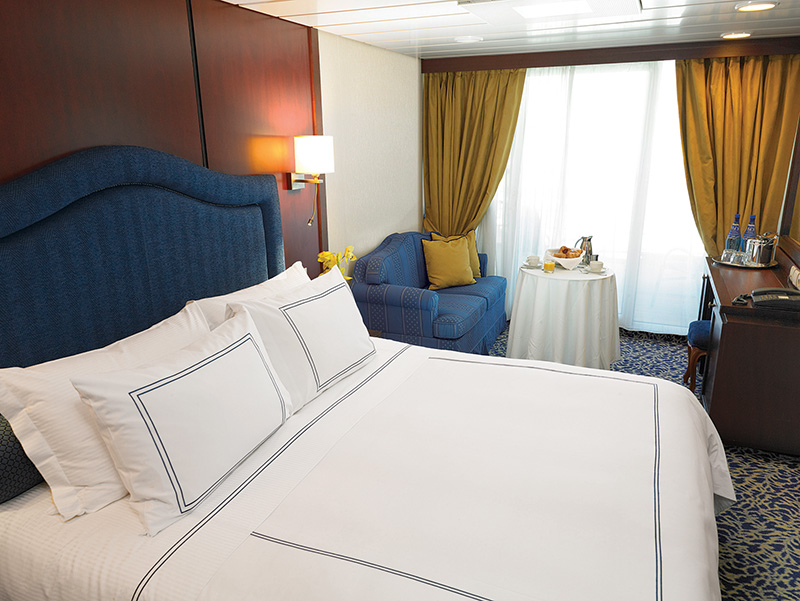Rejs 30 941 401
Gwiazdozbiór Morza Śródziemnego
| Region rejsu : Morze Śródziemne |
| Firma : Oceania Cruises |
| Statek : Regatta |
| Data rozpoczęcia : śr. 24 cze 2026 |
| Data zakończenia : pt. 17 lip 2026 |
| Liczba nocy : 23 nocy |
Harmonogram
| Dzień | Data | Port | Wypłynięcie | Odpłynięcie |
|---|---|---|---|---|
| 1 | 24.06 śr. | Lizbona / Portugalia | 07:00 | 17:00 |
| 2 | 25.06 czw. | Portiman / Portugalia | 07:00 | 17:00 |
| 3 | 26.06 pt. | Sewilla / Hiszpania | 07:00 | 17:00 |
| 4 | 27.06 sob. | Dzień na morzu / Morze | ||
| 5 | 28.06 niedz. | Barcelona / Hiszpania | 07:00 | 17:00 |
| 6 | 29.06 pon. | Tulon / Francja | 07:00 | 16:00 |
| 7 | 30.06 wt. | Pięć Terre | 07:00 | 19:00 |
| 8 | 1.07 śr. | Lome / Togo | 08:00 | 19:00 |
| 9 | 2.07 czw. | Pozytywny / Włochy | 09:00 | 19:00 |
| 10 | 3.07 pt. | Dzień na morzu / Morze | ||
| 11 | 4.07 sob. | Gýtheio Gytheio / Grecja | 07:00 | 18:00 |
| 12 | 5.07 niedz. | Pireus (Ateny) / Grecja | 05:00 | 17:00 |
| 13 | 6.07 pon. | Mykonos / Grecja | 07:00 | 16:00 |
| 14 | 7.07 wt. | Stambuł / Turcja | 13:00 | |
| 15 | 8.07 śr. | Stambuł / Turcja | 21:00 | |
| 16 | 9.07 czw. | Kepez (Canakkale) / Turcja | 08:00 | 18:00 |
| 17 | 10.07 pt. | Selcuk / Turcja | 09:00 | 20:00 |
| 18 | 11.07 sob. | Marmaris / Turcja | 08:00 | 17:00 |
| 19 | 12.07 niedz. | Heraklion / Grecja | 07:00 | 14:00 |
| 20 | 13.07 pon. | Dzień na morzu / Morze | ||
| 21 | 14.07 wt. | Tunezja / Tunisia | 11:00 | 20:00 |
| 22 | 15.07 śr. | Sycylia Palermo / Włochy | 11:00 | 20:00 |
| 23 | 16.07 czw. | Dzień na morzu / Morze | ||
| 24 | 17.07 pt. | Monte Carlo / Monaco | 07:00 | 17:00 |
-
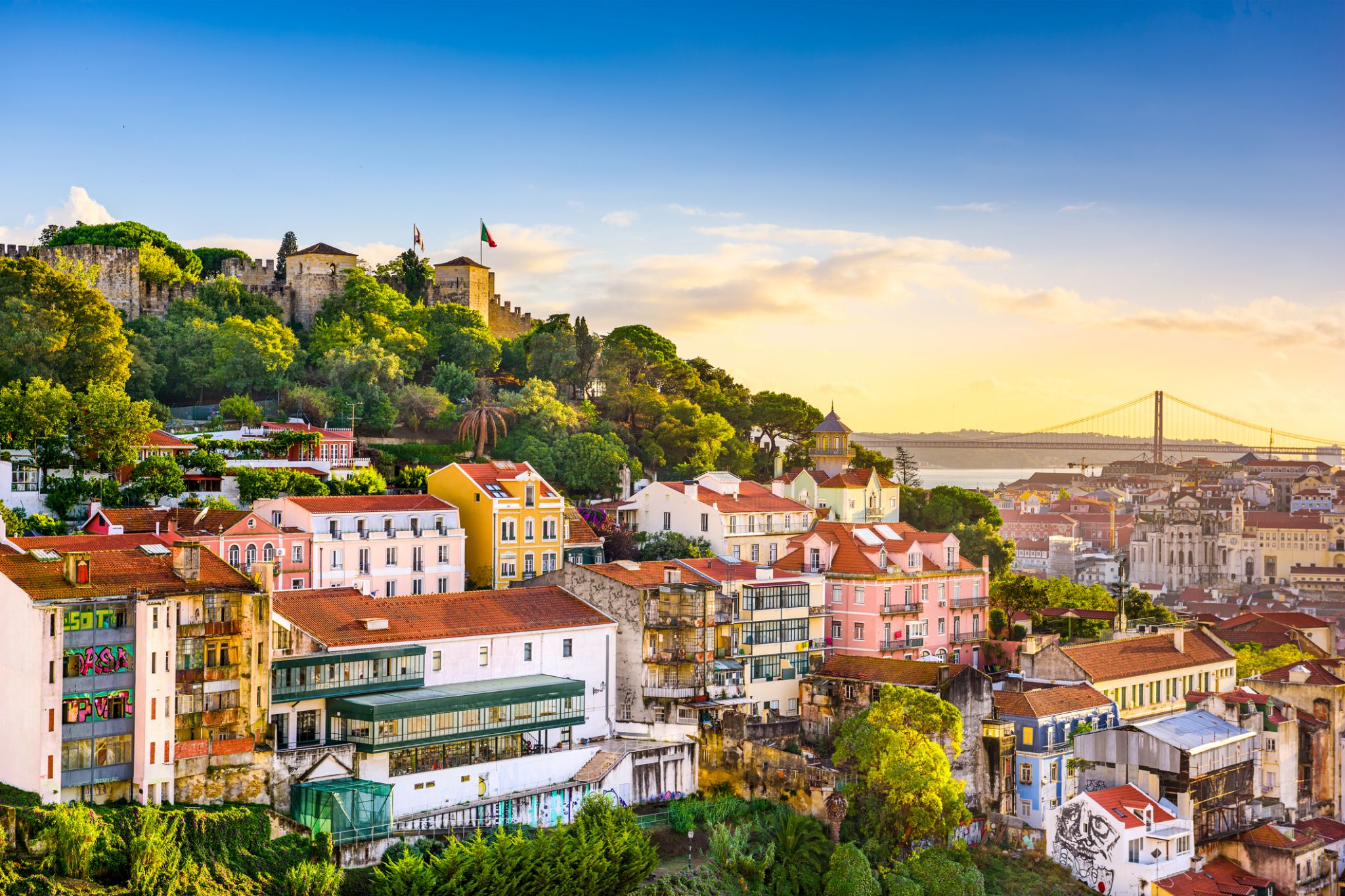 Dzień 1: 07:00-17:00
Dzień 1: 07:00-17:00Lizbona / Portugalia
Lizbona jest stolicą i największym miastem Portugalii, z szacowaną populacją 505 526 mieszkańców w granicach administracyjnych na obszarze 100,05 km². Jej obszar miejski rozciąga się poza granice administracyjne miasta i liczy około 2,8 miliona mieszkańców, co czyni go jedenastym najbardziej zaludnionym obszarem miejskim w Unii Europejskiej. Około 3 milionów ludzi mieszka w aglomeracji lizbońskiej (która stanowi około 27% populacji kraju). Jest to najbardziej wysunięta na zachód stolica kontynentalnej Europy i jedyna położona nad Oceanem Atlantyckim. Lizbona leży na zachodnim Półwyspie Iberyjskim nad Oceanem Atlantyckim i rzeką Tag. Najbardziej wysunięte na zachód obszary jej aglomeracji tworzą najbardziej wysunięty na zachód punkt kontynentalnej Europy, znany jako Cabo da Roca, położony w górach Sintra.
-
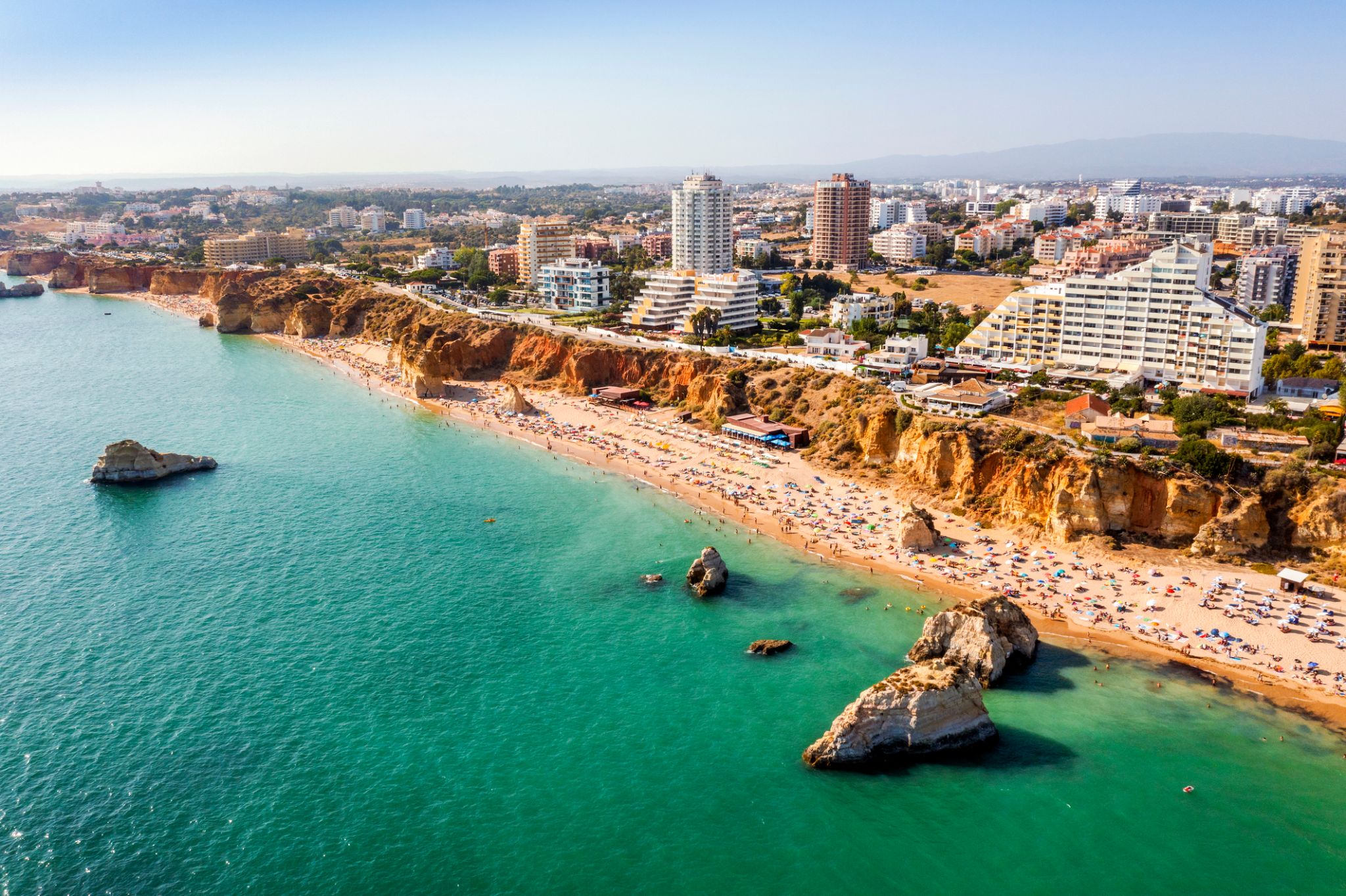 Dzień 2: 07:00-17:00
Dzień 2: 07:00-17:00Portiman / Portugalia
Portimão is a town and a municipality in the district of Faro, in the Algarve region of southern Portugal. The population in 2011 was 55,614, in an area of 182.06 km². It was formerly known as Vila Nova de Portimão. In 1924, it was incorporated as a cidadeand became known merely as Portimão. Historically a fishing and shipbuilding centre, it has nonetheless developed into a strong tourist centre oriented along its beaches and southern coast. The two most populous towns in the Algarve are Portimão and Faro.
-
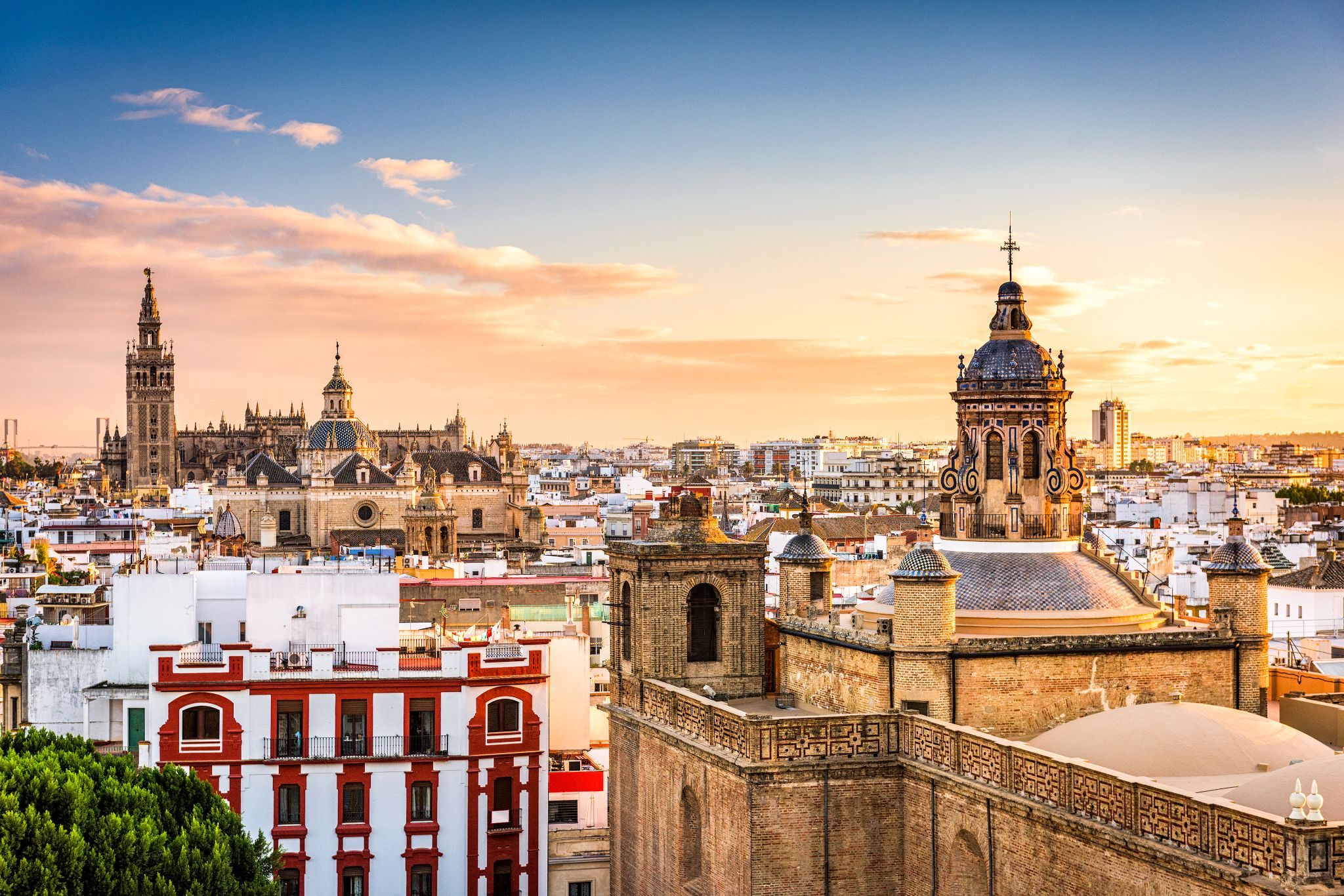 Dzień 3: 07:00-17:00
Dzień 3: 07:00-17:00Sewilla / Hiszpania
Sewilla jest stolicą i największym miastem autonomicznej wspólnoty Andaluzji oraz prowincji Sewilla w Hiszpanii. Położona jest na równinie rzeki Gwadalkiwir. Mieszkańców miasta nazywa się sevillanos (forma żeńska: sevillanas) lub hispalenses, od rzymskiej nazwy miasta, Hispalis. Sewilla liczy około 690 000 mieszkańców (dane z 2016 roku), a jej obszar metropolitalny około 1,5 miliona, co czyni ją czwartym co do wielkości miastem w Hiszpanii i 30. najbardziej zaludnioną gminą w Unii Europejskiej. Jej Stare Miasto o powierzchni 4 kilometrów kwadratowych (2 mile kwadratowe) zawiera trzy obiekty światowego dziedzictwa UNESCO: zespół pałacowy Alcázar, Katedrę i Archiwum Indii. Port w Sewilli, położony około 80 kilometrów (50 mil) od Oceanu Atlantyckiego, jest jedynym portem rzecznym w Hiszpanii.
-
 Dzień 4:
Dzień 4:Dzień na morzu / Morze
-
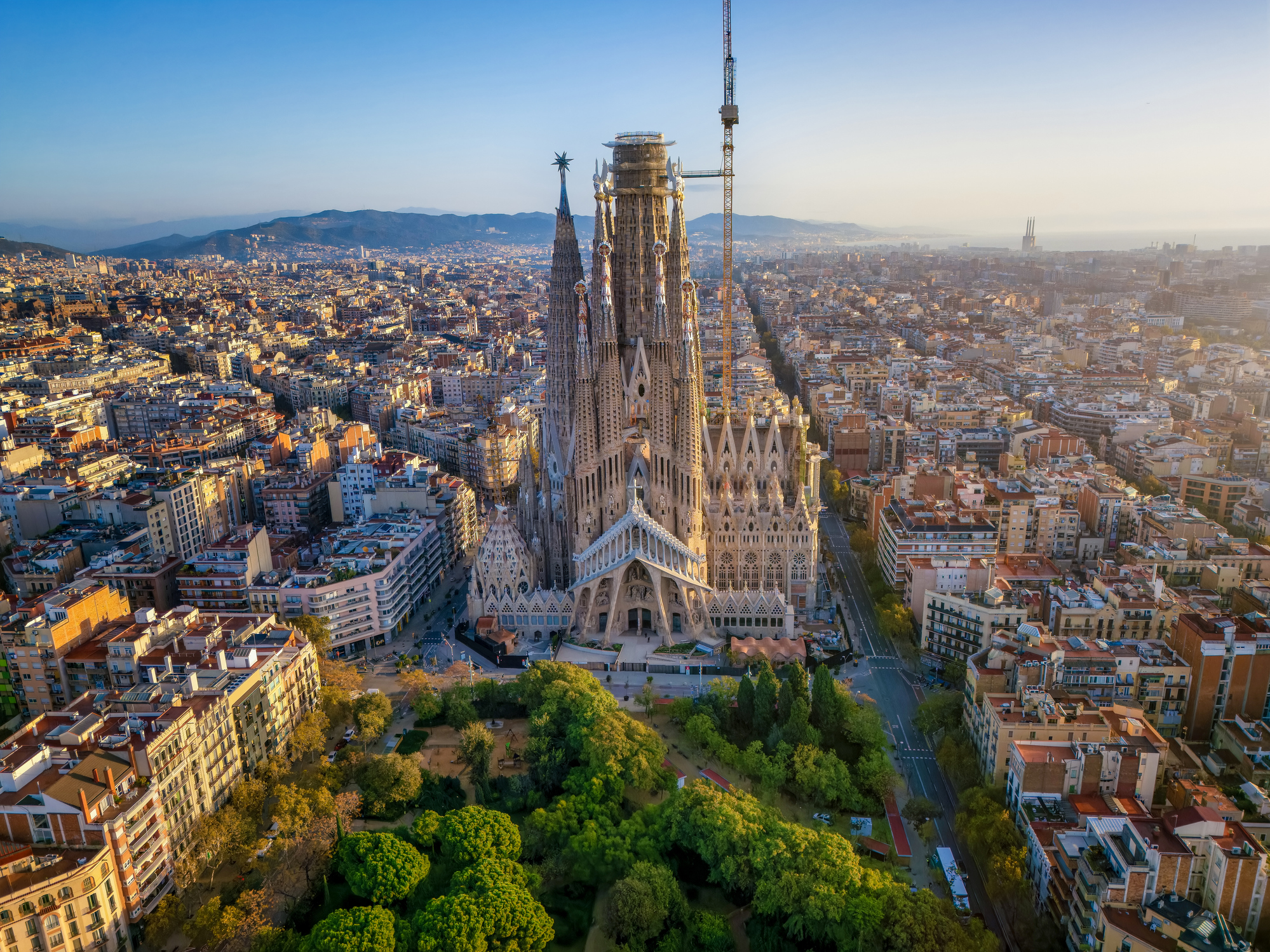 Dzień 5: 07:00-17:00
Dzień 5: 07:00-17:00Barcelona / Hiszpania
Mając reputację jednego z najatrakcyjniejszych miast w Europie, Barcelona świętuje swoją rolę stolicy Katalonii. Kosmopolityczna i międzynarodowa atmosfera miasta sprawia, że jest to ulubione miejsce wielu ludzi na całym świecie. Miasto jest szczególnie znane ze swojej architektury i sztuki – podróżnicy z całego świata przybywają, aby zobaczyć słynną Sagrada Familia i inne modernistyczne zabytki zaprojektowane przez Gaudiego.
Barcelona to miasto z licznymi i oryginalnymi możliwościami spędzania czasu wolnego, które sprawiają, że chcesz tu wracać. Położona na wybrzeżu Morza Śródziemnego Barcelona słynie z arcydzieł Gaudiego i architektury secesyjnej: jest jednym z najbardziej stylowych miast europejskich.
Miasto jest ośrodkiem nowych trendów w świecie kultury, mody i gastronomii. Dopełnieniem kreatywności artystów i projektantów jest ostrożne podejście do tradycyjnych placówek. Barcelona łączy w sobie urok i spokój historycznego centrum z awangardowymi nowoczesnymi dzielnicami i intensywnym tempem życia w jednym z najczęściej odwiedzanych miast na świecie.
-
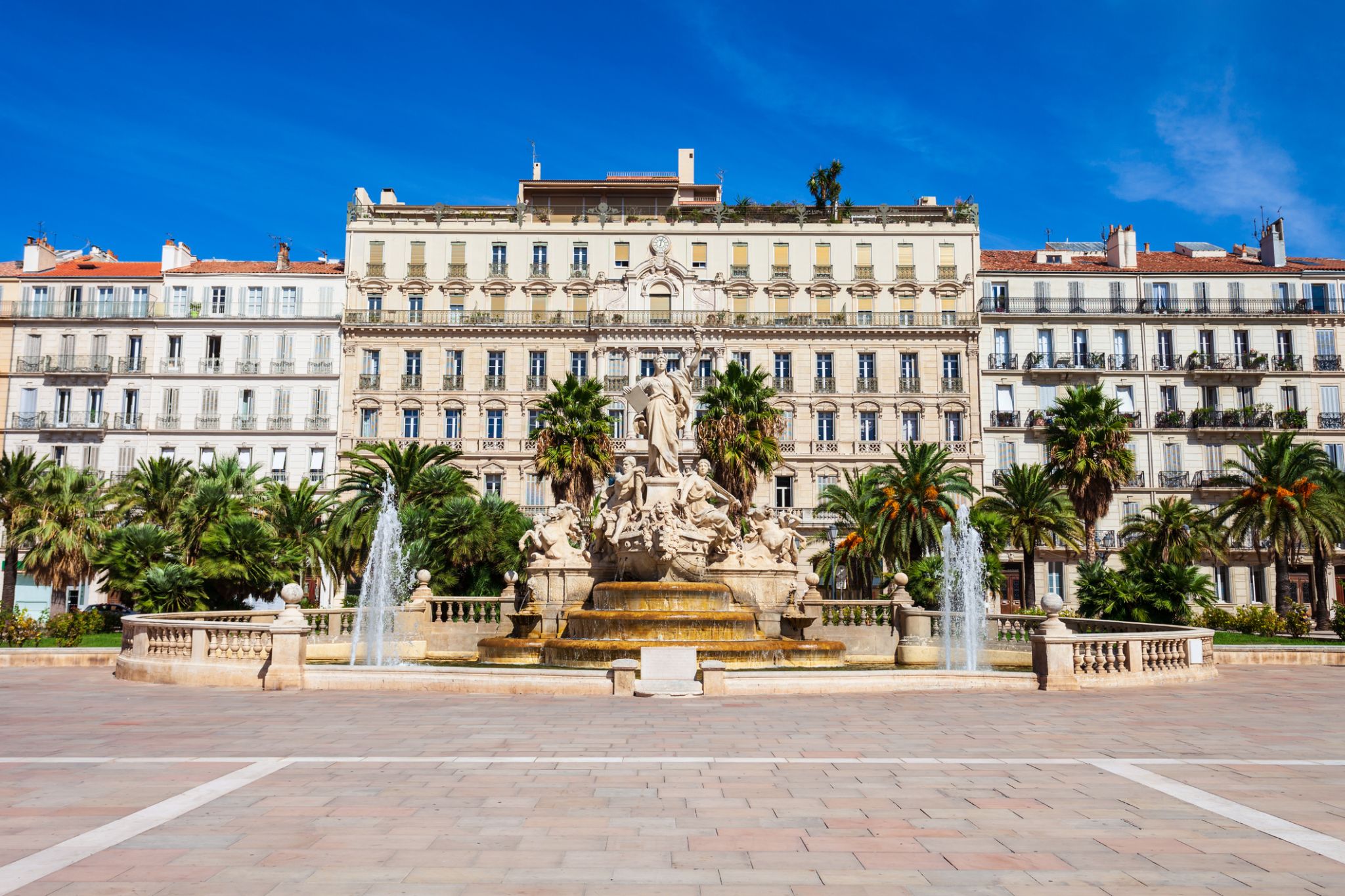 Dzień 6: 07:00-16:00
Dzień 6: 07:00-16:00Tulon / Francja
Toulon is a city in southern France and a large military harbour on the Mediterranean coast, with a major French naval base. Located in the Provence-Alpes-Côte d'Azur region, Toulon is the capital of the Var department.
The Commune of Toulon has a population of 165,514 people (2009), making it the fifteenth-largest city in France. It is the centre of an urban area with 559,421 inhabitants (2008), the ninth largest in France. Toulon is the fourth-largest French city on the Mediterranean coast after Marseille, Nice and Montpellier.
Toulon is an important centre for naval construction, fishing, wine making, and the manufacture of aeronautical equipment, armaments, maps, paper, tobacco, printing, shoes, and electronic equipment.
The military port of Toulon is the major naval centre on France's Mediterranean coast, home of the French aircraft carrier Charles de Gaulle and her battle group. The French Mediterranean Fleet is based in Toulon.
-
 Dzień 7: 07:00-19:00
Dzień 7: 07:00-19:00Pięć Terre
-
 Dzień 8: 08:00-19:00
Dzień 8: 08:00-19:00Lome / Togo
Lomé is the capital and largest city of Togo. It has an urban population of 837,437[1] while there were 1,570,283 permanent residents in its metropolitan area as of the 2011 census. Located on the Gulf of Guinea, Lomé is the country's administrative and industrial center, which includes an oil refinery, and its chief port, where it exports coffee, cocoa, copra, and palm kernels.
-
 Dzień 9: 09:00-19:00
Dzień 9: 09:00-19:00Pozytywny / Włochy
-
 Dzień 10:
Dzień 10:Dzień na morzu / Morze
-
 Dzień 11: 07:00-18:00
Dzień 11: 07:00-18:00Gýtheio Gytheio / Grecja
-
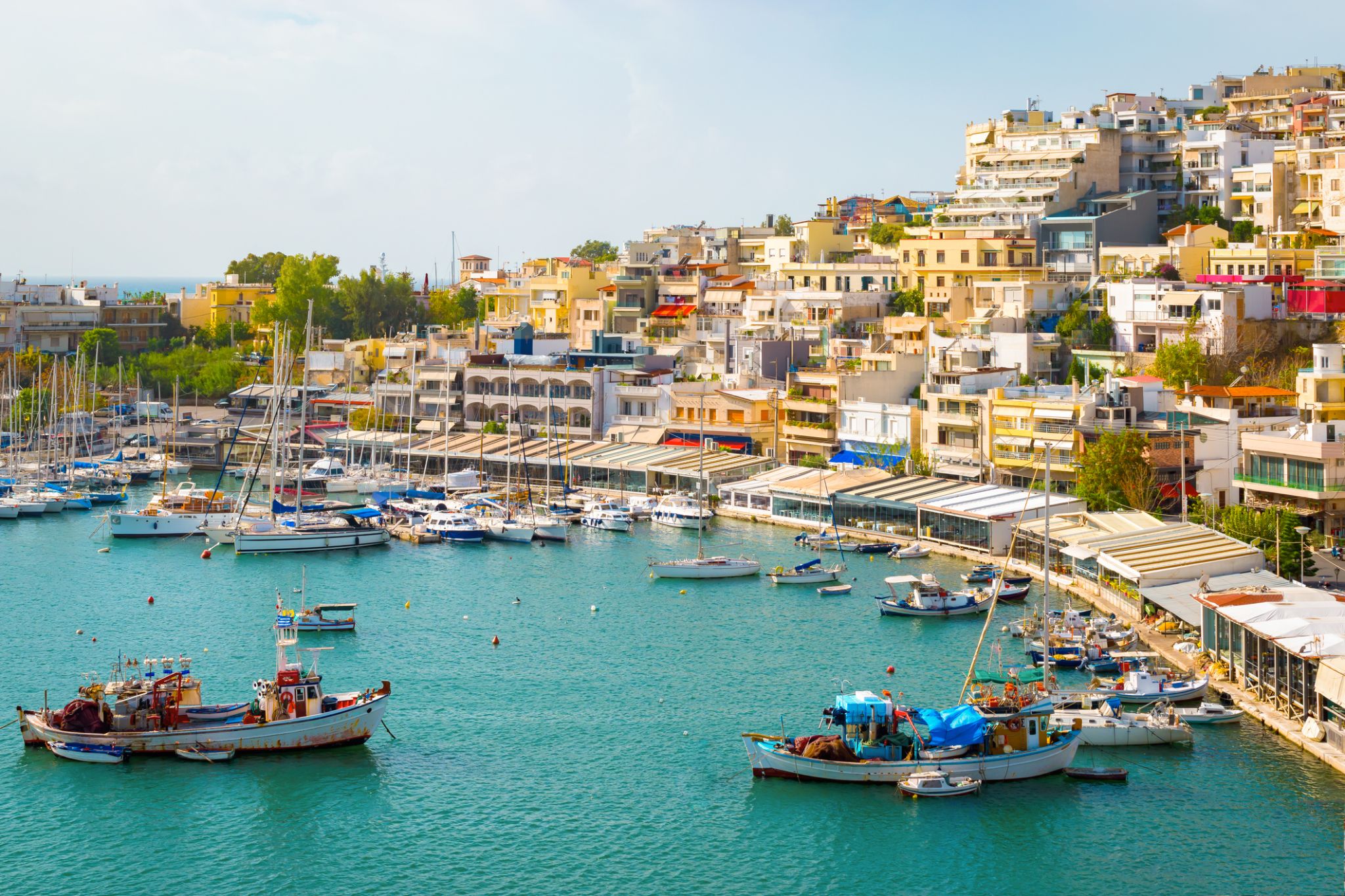 Dzień 12: 05:00-17:00
Dzień 12: 05:00-17:00Pireus (Ateny) / Grecja
Piraeus is the gateway to Athens , which, in turn, is rightfully considered the center of the centers of the whole world, with the main attraction - the acropolis. Piraeus is an old port city serving the port of Athens, the largest port in Greece to date. Piraeus is part of the great Athens, which boasts an abundance of attractions, including unique monuments of national fine art. More than two hundred museums and galleries, including the University History Museum, the Ceramics Archaeological Museum and many others, will hospitably welcome you within their walls and familiarize themselves with the culture of this area.
-
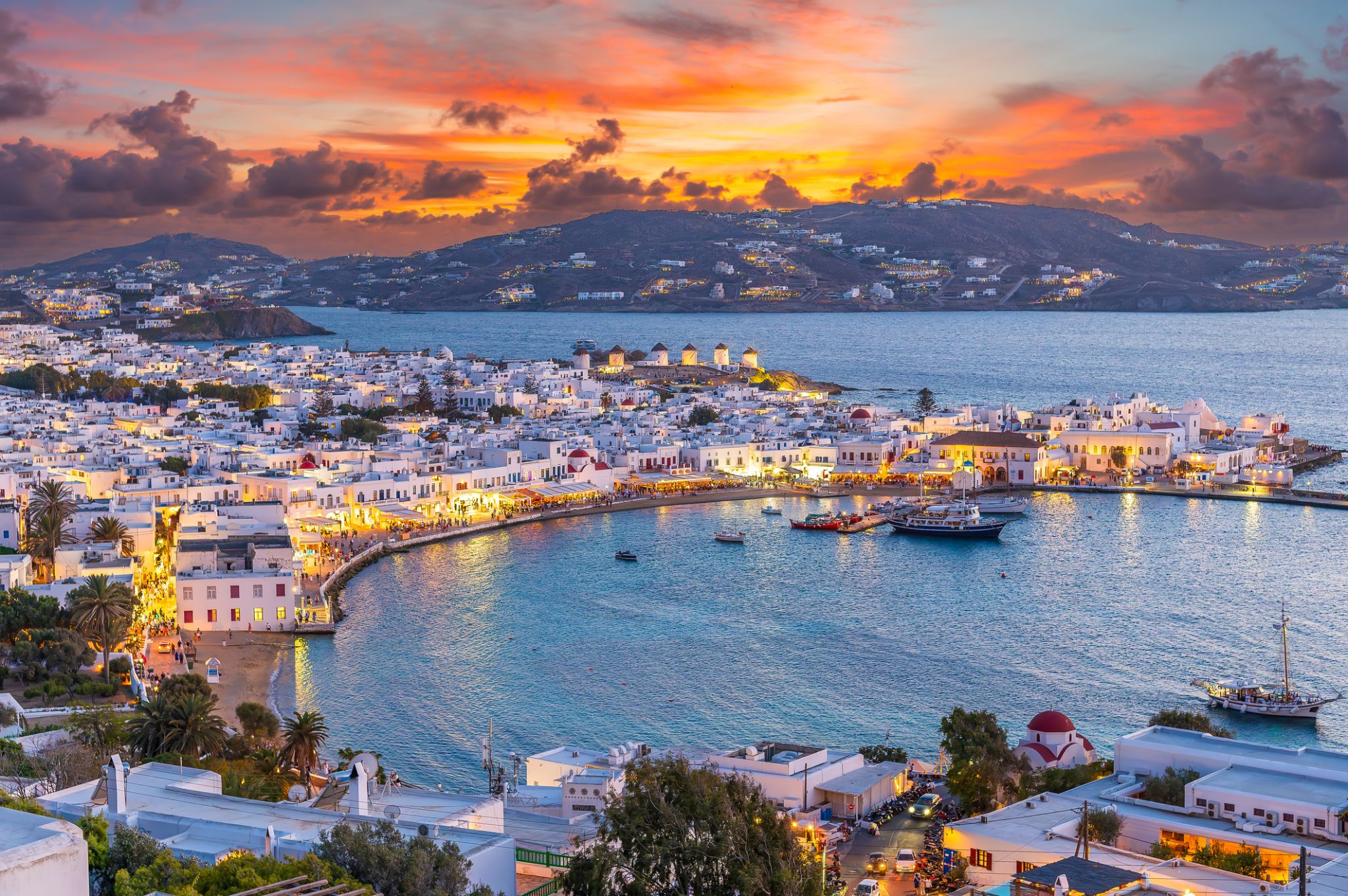 Dzień 13: 07:00-16:00
Dzień 13: 07:00-16:00Mykonos / Grecja
Mykonos is a Greek island, part of the Cyclades, lying between Tinos, Syros, Paros and Naxos. The island spans an area of 85.5 square kilometres (33.0 sq mi) and rises to an elevation of 341 metres (1,119 feet) at its highest point. There are 10,134 inhabitants (2011 census), most of whom live in the largest town, Mykonos, which lies on the west coast. The town is also known as Chora (i.e. the Town in Greek, following the common practice in Greece when the name of the island itself is the same as the name of the principal town).
-
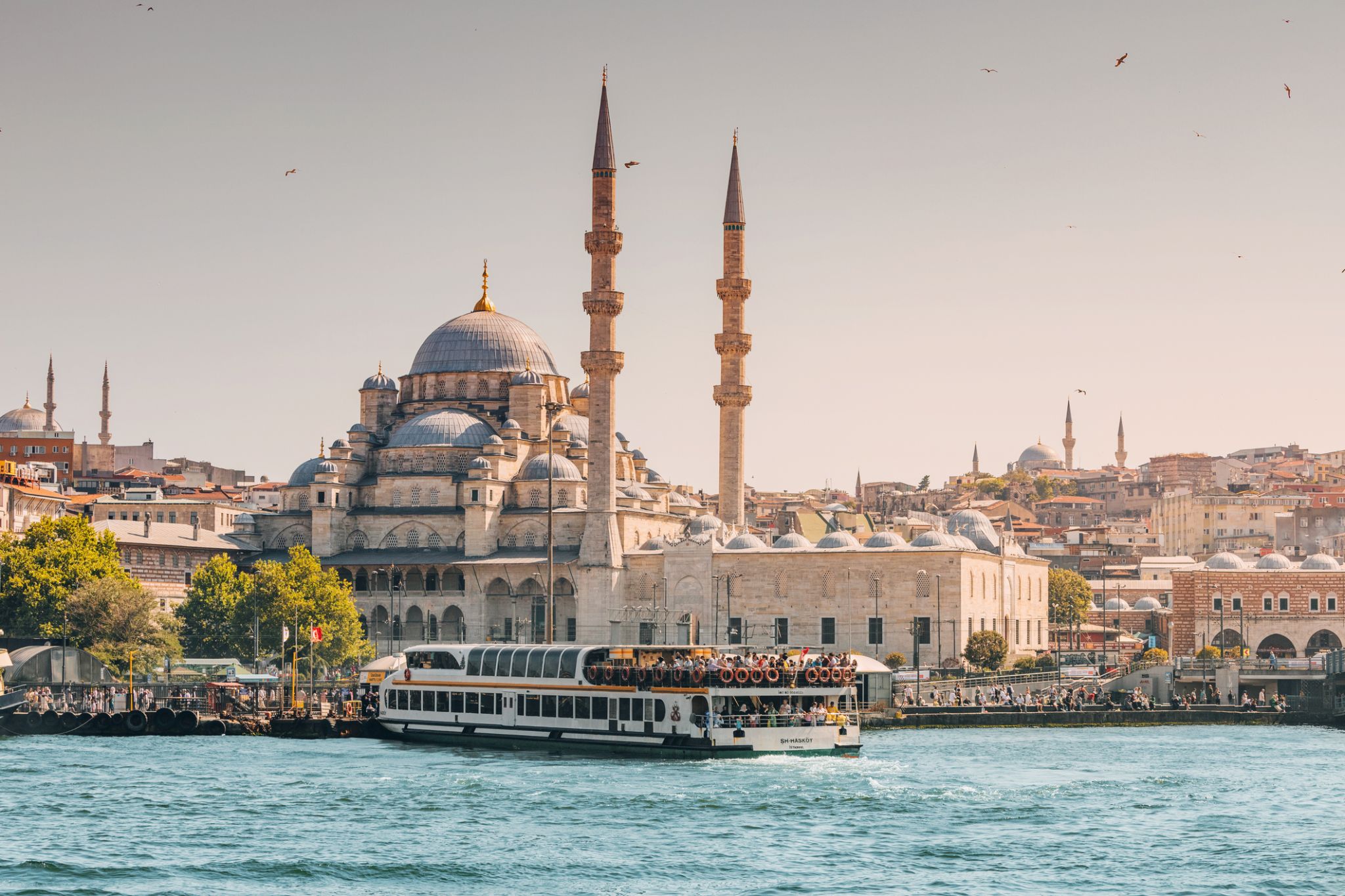 Dzień 14: 13:00
Dzień 14: 13:00Stambuł / Turcja
-
 Dzień 15: 21:00
Dzień 15: 21:00Stambuł / Turcja
-
 Dzień 16: 08:00-18:00
Dzień 16: 08:00-18:00Kepez (Canakkale) / Turcja
Kepez to nadmorskie miasto w prowincji Çanakkale w Turcji, położone 3 km od centrum miasta Çanakkale. Według danych z 2010 roku liczba ludności wynosiła 11 744 osoby. Na południe od Kepez znajdowało się starożytne miasto Dardanos. Na północ od niego znajduje się kurhan Dardanos, gdzie pod koniec 1959 roku przypadkowo odkryto wejście do monumentalnego grobowca. Grobowiec zbudowany był z precyzyjnie obrobionych kamiennych bloków i składa się z krytego dromosu o długości 5,20 m, przedsionka i komory grobowej.
Çanakkale, co dosłownie oznacza „twierdza garncarzy”, zasłynęło z rzemiosła garncarskiego. Dogodne położenie nad cieśniną Dardanele przyniosło mu przydomek „Brama Wybrzeża Egejskiego” – według legendy to właśnie tutaj przeprawiał się Aleksander Wielki, a później armia osmańska.
-
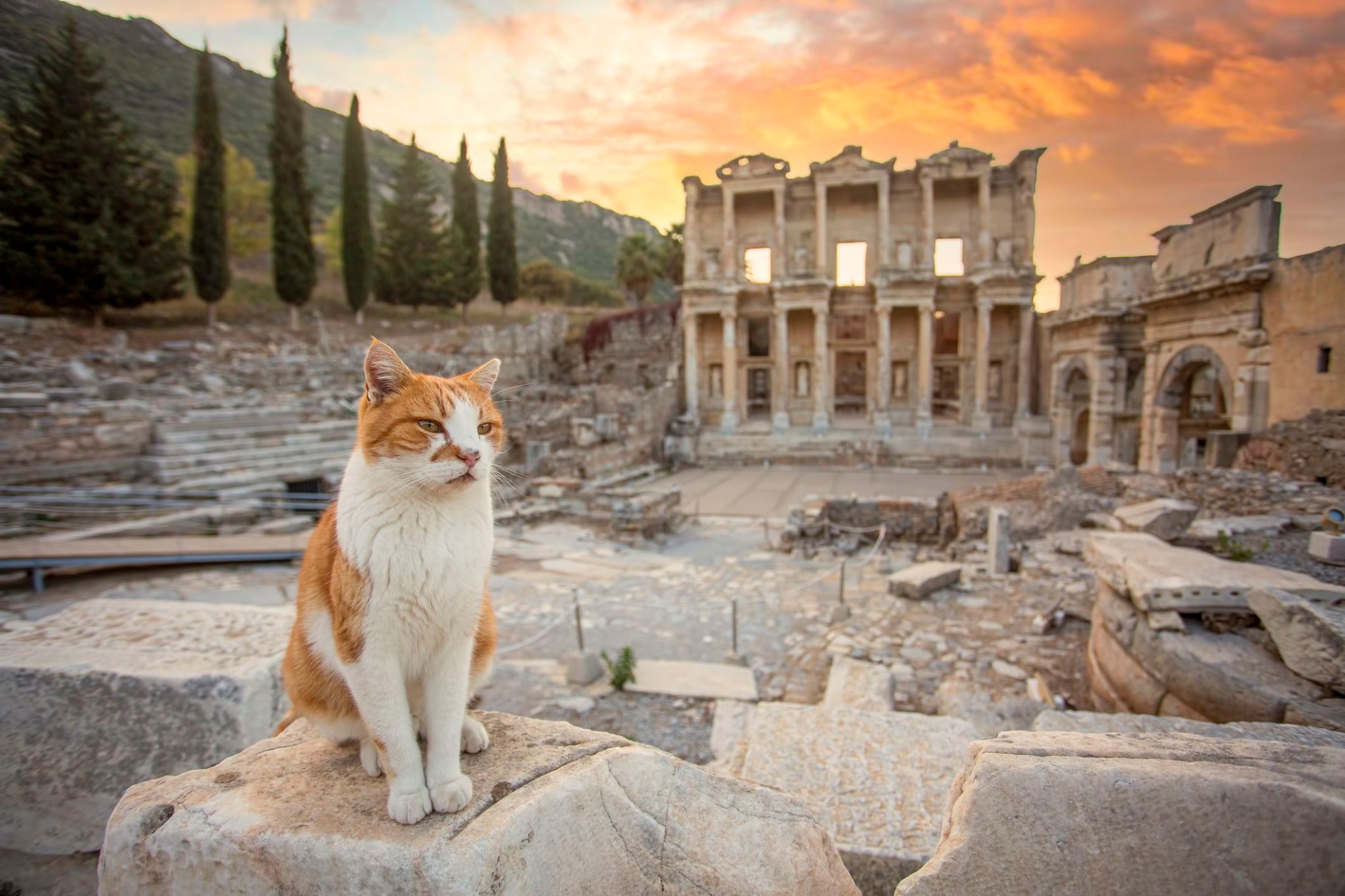 Dzień 17: 09:00-20:00
Dzień 17: 09:00-20:00Selcuk / Turcja
Śródziemnomorskie słońce, zapach lawendy i wieki historii towarzyszą podróżnym przybywającym do Selçuk, małego tureckiego miasteczka położonego zaledwie kilka kilometrów od legendarnego Efezu. Miejsce to łączy urok anatolijskiego życia z antycznymi ruinami, gdzie każdy kamień opowiada historie z czasów Cesarstwa Rzymskiego i Bizancjum. To doskonała baza wypadowa do zwiedzania jednego z najsłynniejszych stanowisk archeologicznych w Turcji, ale samo miasteczko również zasługuje na uwagę: można tu znaleźć stare meczety, bizantyjską twierdzę i pozostałości akweduktów.
W Selçuk czas płynie powoli, pozwalając na spokojne odkrywanie muzeów i ulicznych targów z przyprawami oraz ręcznie robioną ceramiką. Wiosną odbywa się tu festiwal tulipanów, a w pobliżu znajduje się Dom Matki Bożej – miejsce pielgrzymek chrześcijan. To rzadkie połączenie starożytności, religijnej symboliki i nowoczesnego tureckiego życia sprawia, że Selçuk zostawia po sobie nie tylko zdjęcia, ale i głębokie wrażenia.
-
 Dzień 18: 08:00-17:00
Dzień 18: 08:00-17:00Marmaris / Turcja
-
 Dzień 19: 07:00-14:00
Dzień 19: 07:00-14:00Heraklion / Grecja
Heraklion or Heraclion is the largest city and the administrative capital of the island of Crete. It is the fourth largest city in Greece. According to the results of the 2011 census, the population of the city proper was 166,209 inhabitants, the municipality's was 173,993 while the Heraklion urban area has a population of 225,574 and it extends over an area of 684.3 km2 (264.2 sq mi).
Heraklion is the capital of Heraklion regional unit.
The Bronze Age palace of Knossos, also known as the Palace of Minos, is located nearby.
-
 Dzień 20:
Dzień 20:Dzień na morzu / Morze
-
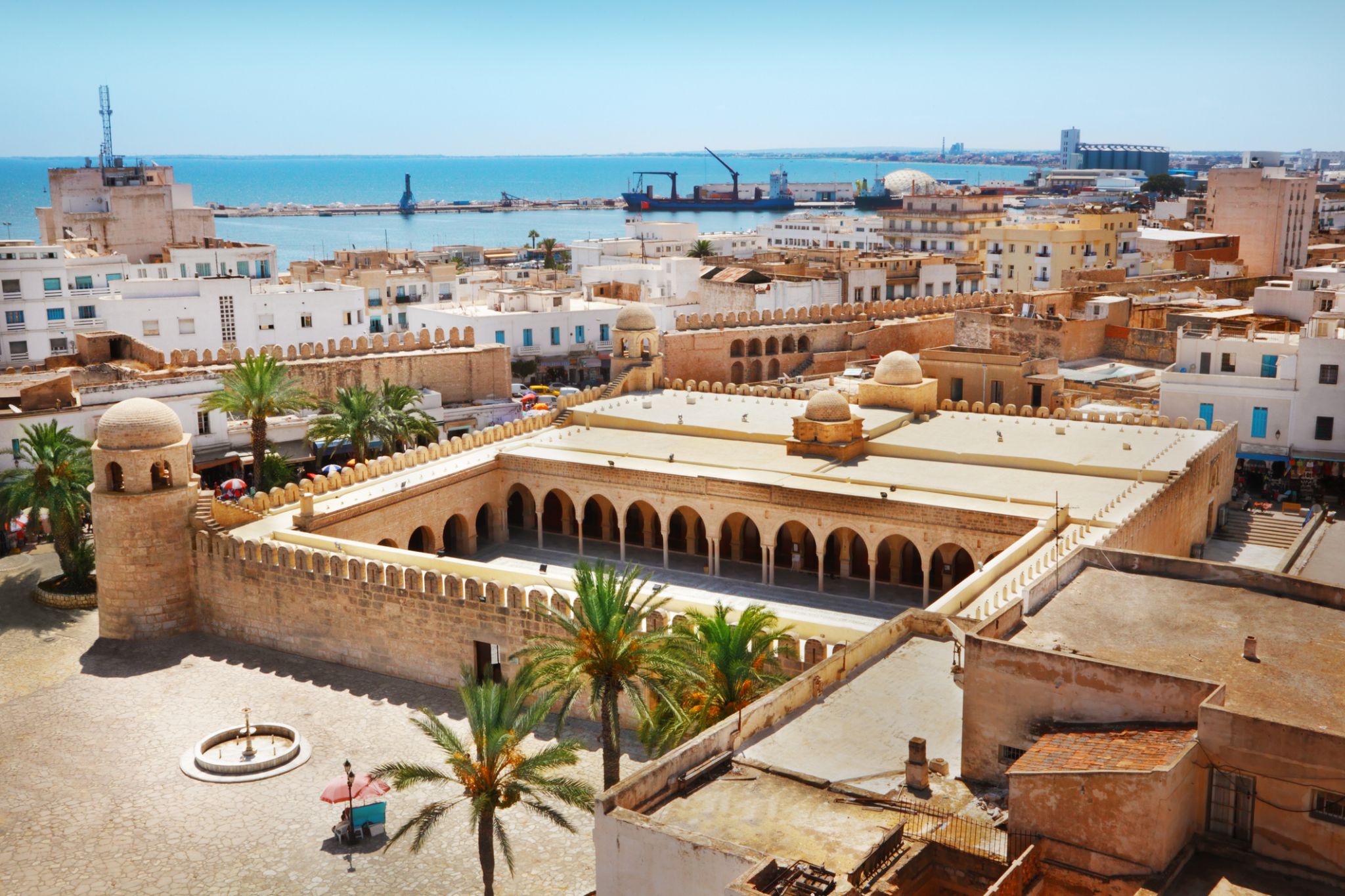 Dzień 21: 11:00-20:00
Dzień 21: 11:00-20:00Tunezja / Tunisia
Tunisia (officially the Republic of Tunisia) is a country in the Maghreb region of North Africa, covering 165,000 square kilometres (64,000 square miles). Its northernmost point, Cape Angela, is the northernmost point on the African continent. It is bordered by Algeria to the west and southwest, Libya to the southeast, and the Mediterranean Sea to the north and east. Tunisia's population was 11.435 million in 2017. Tunisia's name is derived from its capital city, Tunis, which is located on its northeast coast.
-
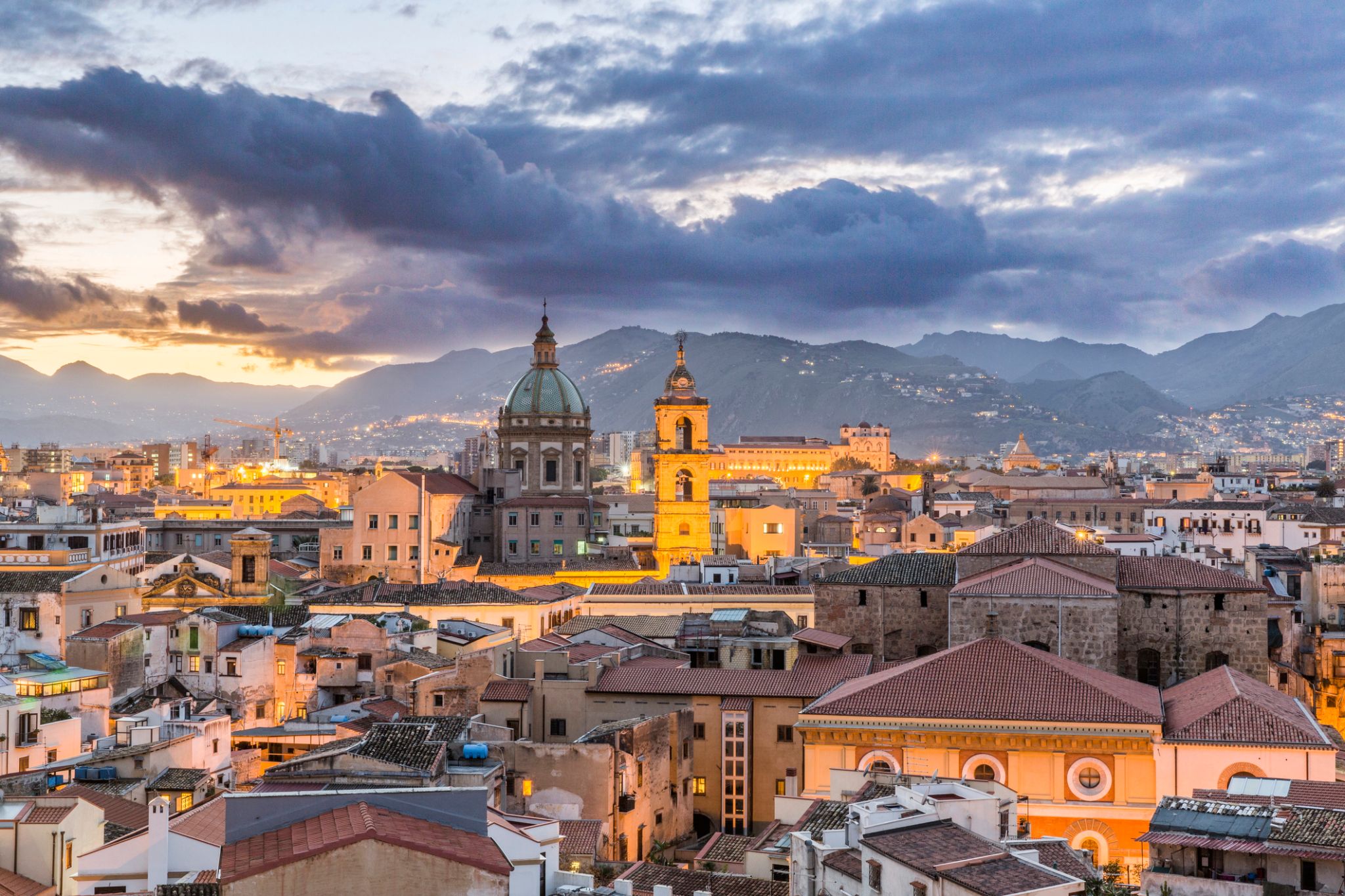 Dzień 22: 11:00-20:00
Dzień 22: 11:00-20:00Sycylia Palermo / Włochy
Sicily is the largest island in the Mediterranean Sea and one of the 20 regions of Italy. It is one of the five Italian autonomous regions, in Southern Italy along with surrounding minor islands, officially referred to as Regione Siciliana.
Sicily is located in the central Mediterranean Sea, south of the Italian Peninsula, from which it is separated by the narrow Strait of Messina. Its most prominent landmark is Mount Etna, the tallest active volcano in Europe, and one of the most active in the world, currently 3,329 m (10,922 ft) high. The island has a typical Mediterranean climate.
The earliest archaeological evidence of human activity on the island dates from as early as 12,000 BC. By around 750 BC, Sicily had three Phoenician and a dozen Greek colonies and, for the next 600 years, it was the site of the Sicilian Wars and the Punic Wars. After the fall of the Roman Empire in the 5th century AD, Sicily was ruled during the Early Middle Ages by the Vandals, the Ostrogoths, the Byzantine Empire, and the Emirate of Sicily. The Norman conquest of southern Italy led to the creation of the Kingdom of Sicily, which was subsequently ruled by the Hohenstaufen, the Capetian House of Anjou, Spain, and the House of Habsburg. It was finally unified under the House of Bourbon with the Kingdom of Naples as the Kingdom of the Two Sicilies. It became part of Italy in 1860 following the Expedition of the Thousand, a revolt led by Giuseppe Garibaldi during the Italian unification, and a plebiscite. Sicily was given special status as an autonomous region on 15th May 1946, 18 days before the Italian constitutional referendum of 1946. Albeit, much of the autonomy still remains unapplied, especially financial autonomy, because the autonomy-activating laws have been deferred to be approved by the parithetic committee (50% Italian State, 50% Regione Siciliana), since 1946.
Sicily has a rich and unique culture, especially with regard to the arts, music, literature, cuisine, and architecture. It is also home to important archaeological and ancient sites, such as the Necropolis of Pantalica, the Valley of the Temples, Erice and Selinunte.
-
 Dzień 23:
Dzień 23:Dzień na morzu / Morze
-
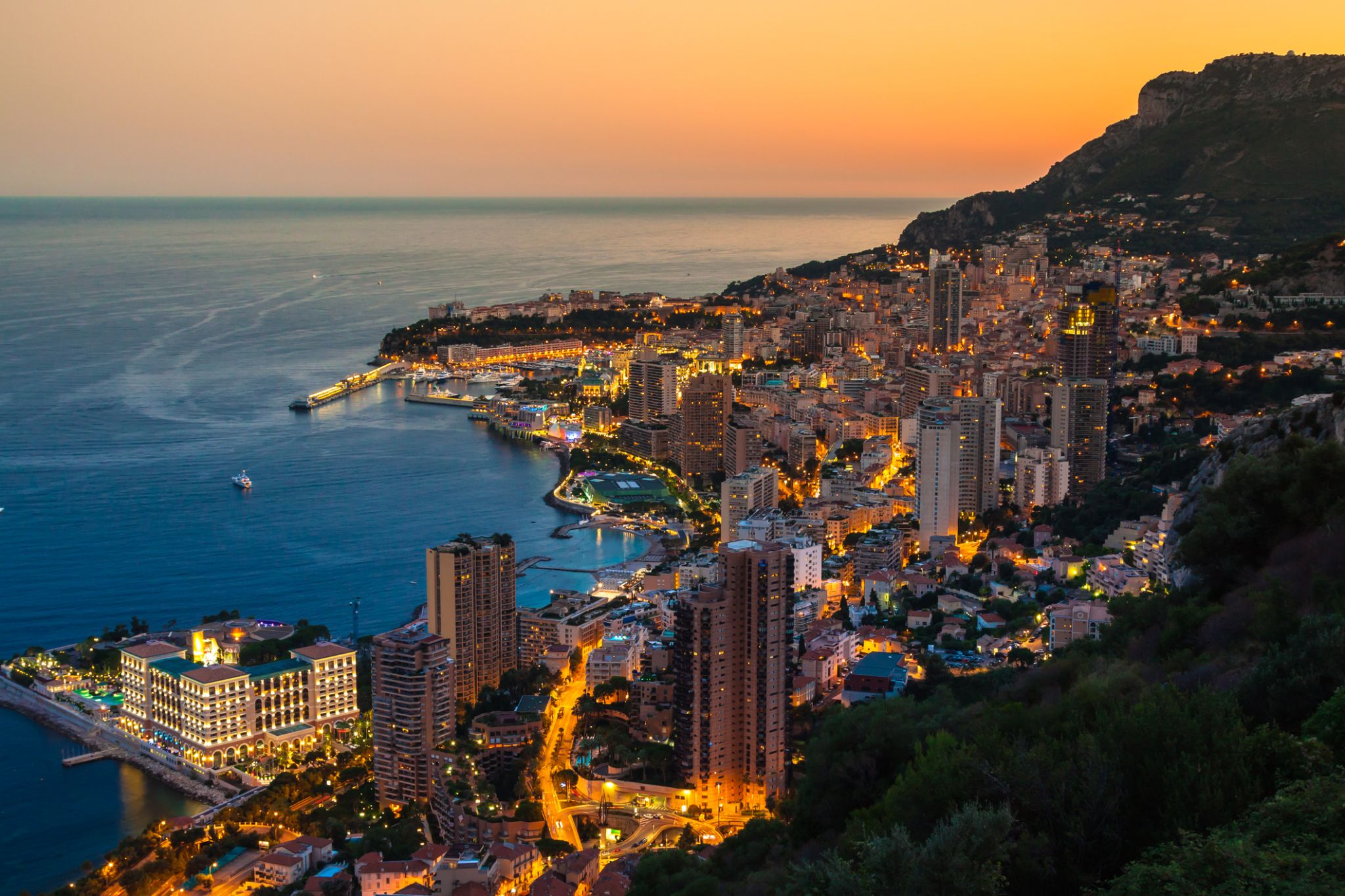 Dzień 24: 07:00-17:00
Dzień 24: 07:00-17:00Monte Carlo / Monaco
Monte Carlo officially refers to an administrative area of the Principality of Monaco, specifically the ward of Monte Carlo/Spélugues, where the Monte Carlo Casino is located. Informally the name also refers to a larger district, the Monte Carlo Quarter (corresponding to the former municipality of Monte Carlo), which besides Monte Carlo/Spélugues also includes the wards of La Rousse/Saint Roman, Larvotto/Bas Moulins, and Saint Michel. The permanent population of the ward of Monte Carlo is about 3,500, while that of the quarter is about 15,000. Monaco has four traditional quarters. From west to east they are: Fontvieille (the newest), Monaco-Ville (the oldest), La Condamine, and Monte Carlo.
Monte Carlo (literally "Mount Charles") is situated on a prominent escarpment at the base of the Maritime Alpsalong the French Riviera. Near the quarter's western end is the world-famous Place du Casino, the gamblingcenter which has made Monte Carlo "an international byword for the extravagant display and reckless dispersal of wealth". It is also the location of the Hôtel de Paris, the Café de Paris, and the Salle Garnier (the casino theatre which is the home of the Opéra de Monte-Carlo).
The quarter's eastern part includes the community of Larvotto with Monaco's only public beach, as well as its new convention center (the Grimaldi Forum), and the Monte-Carlo Bay Hotel & Resort. At the quarter's eastern border, one crosses into the French town of Beausoleil (sometimes referred to as Monte-Carlo-Supérieur), and just 8 kilometres (5 mi) to its east is the western border of Italy.

